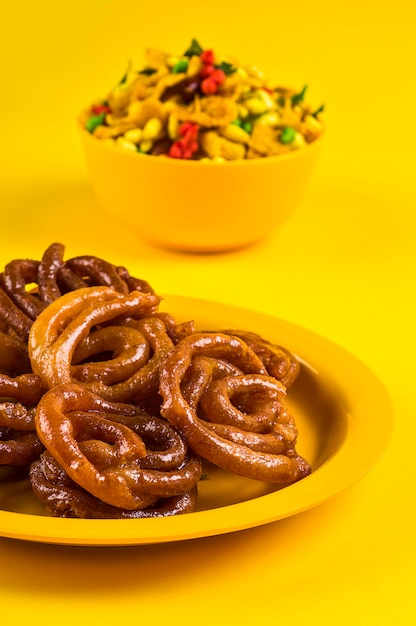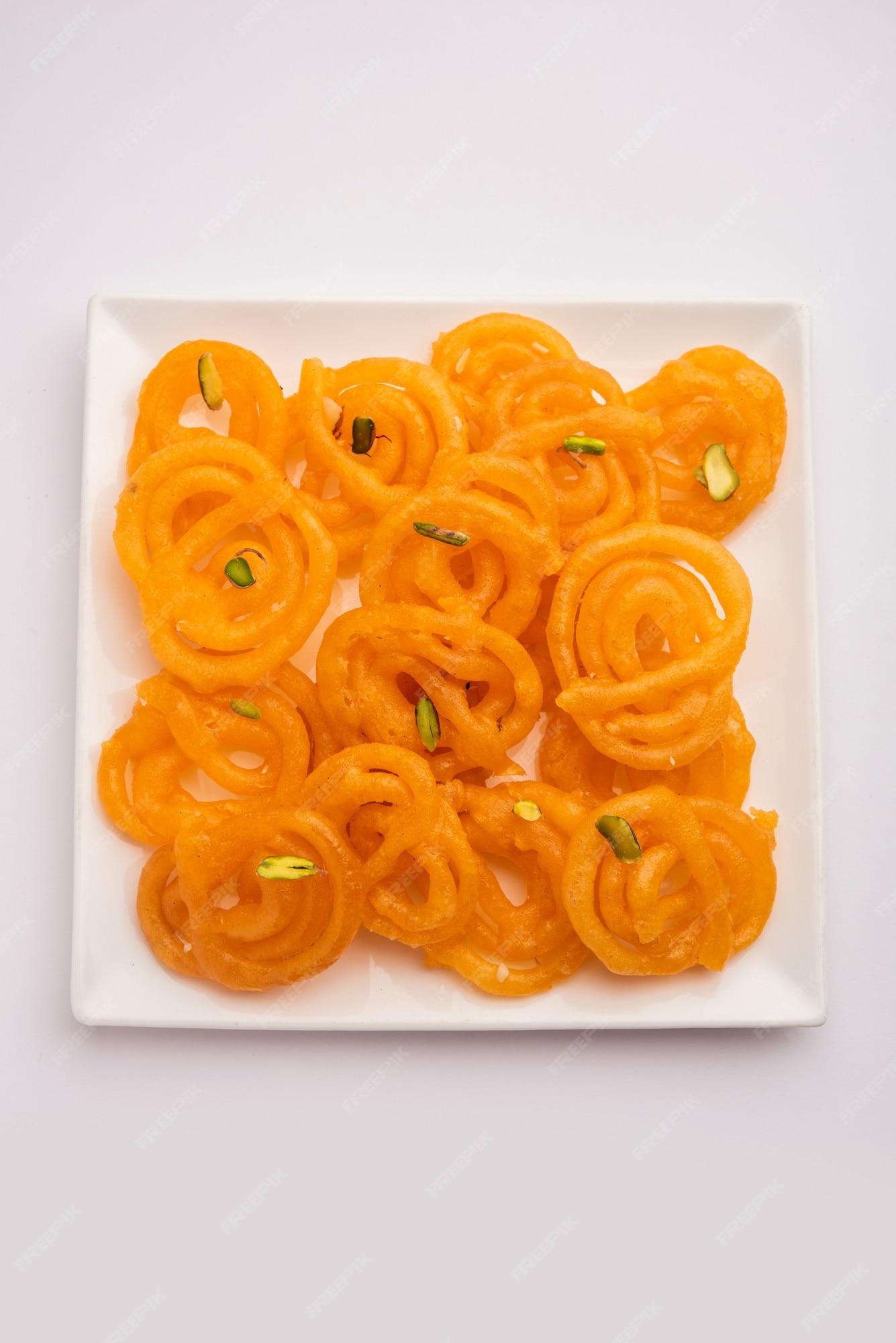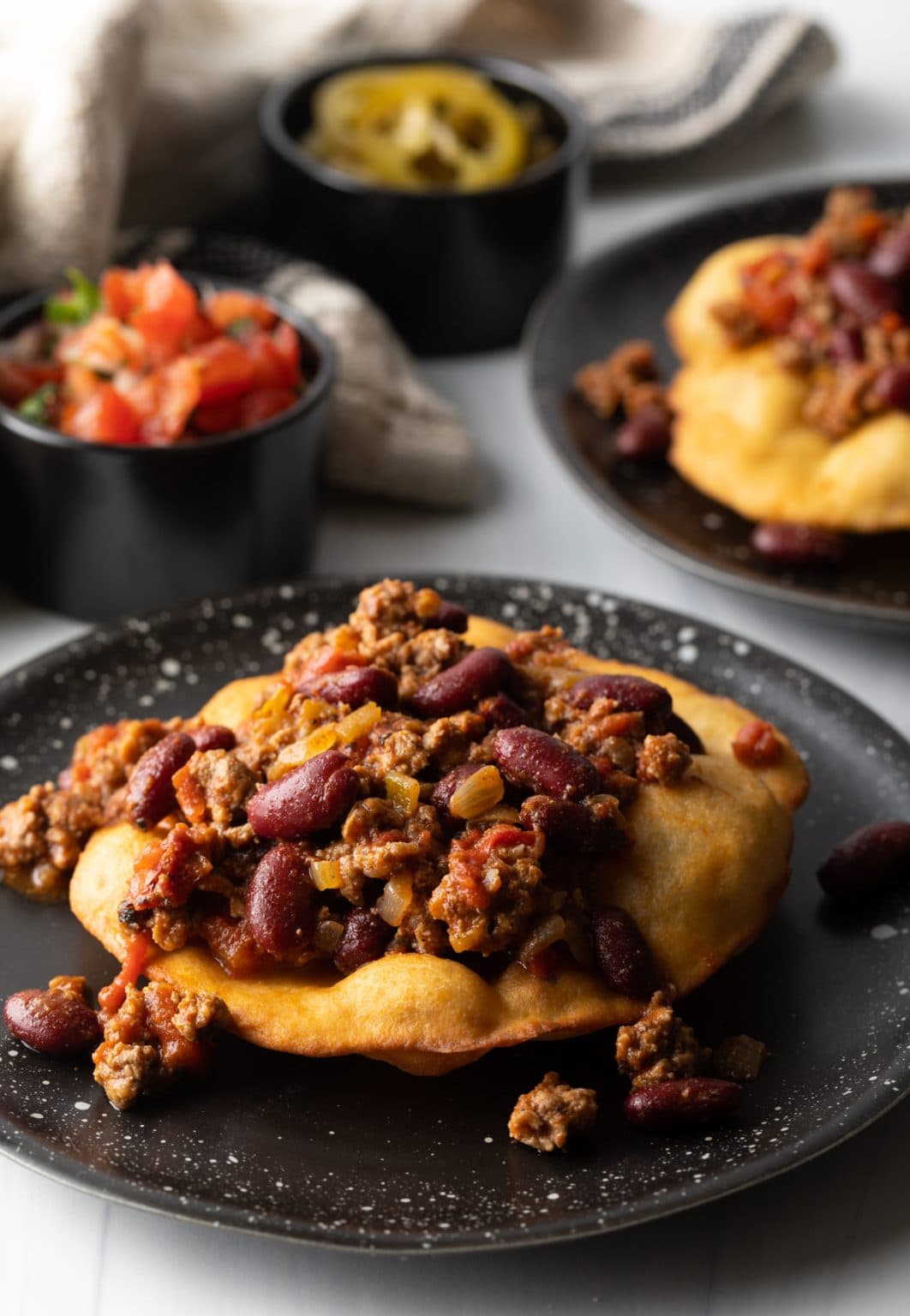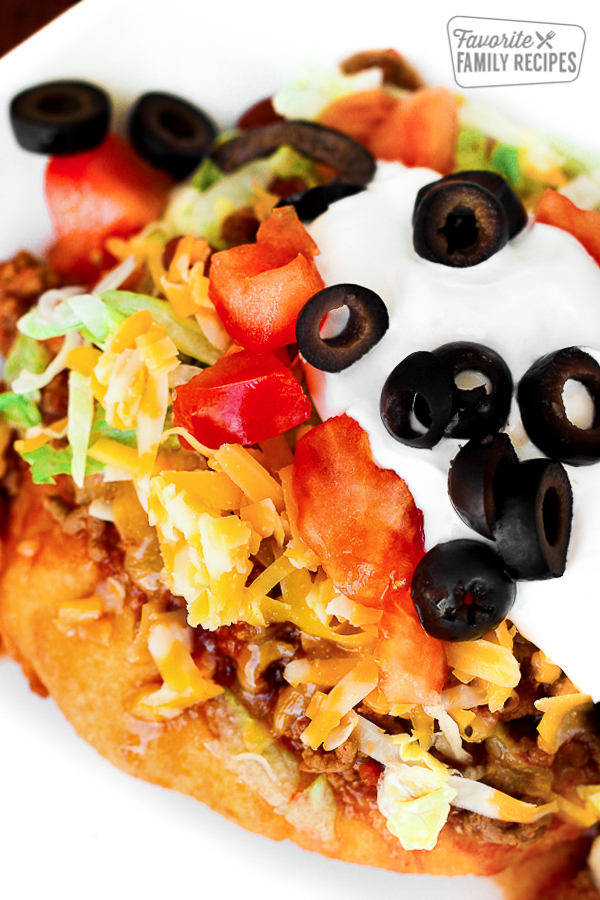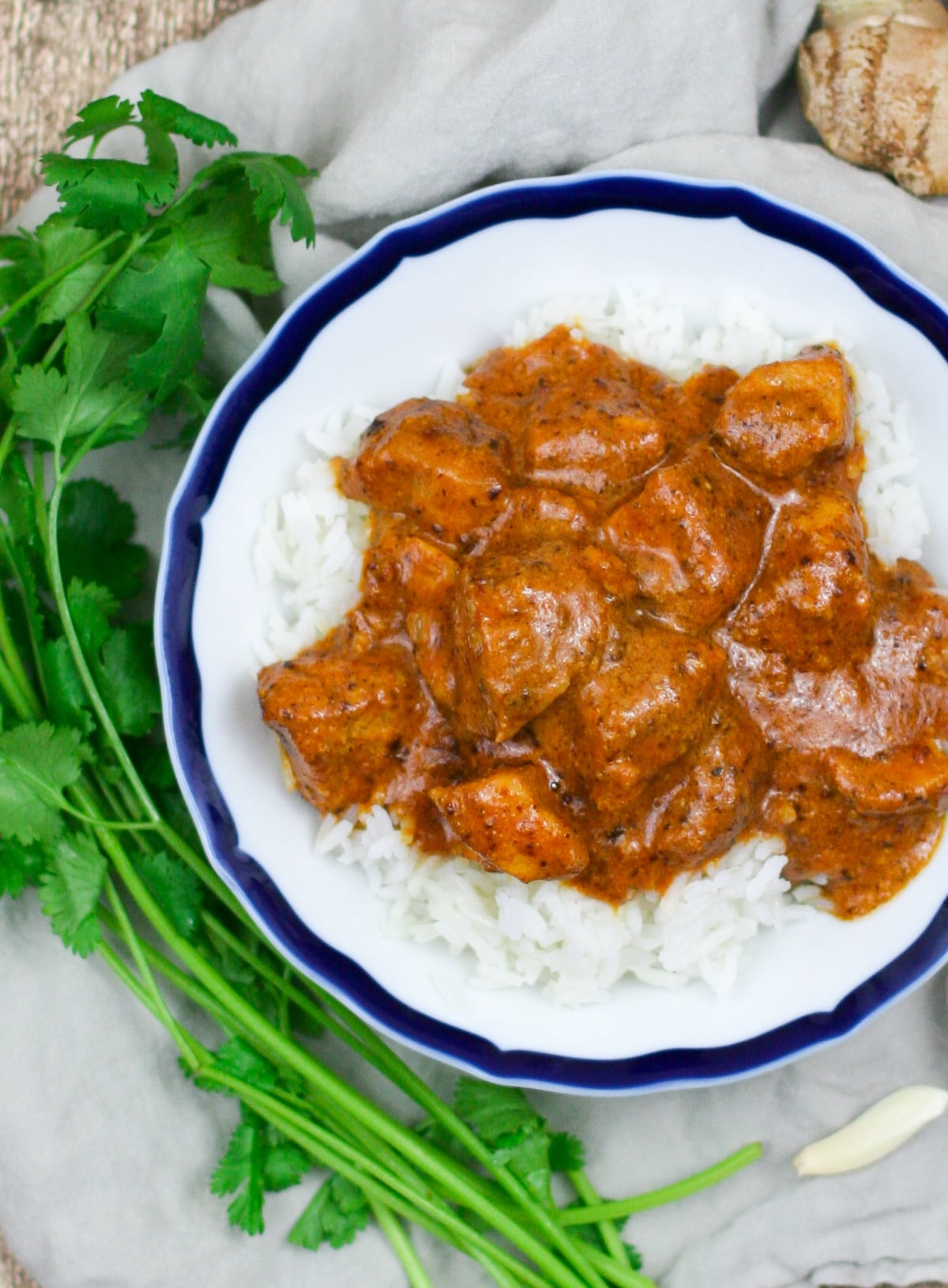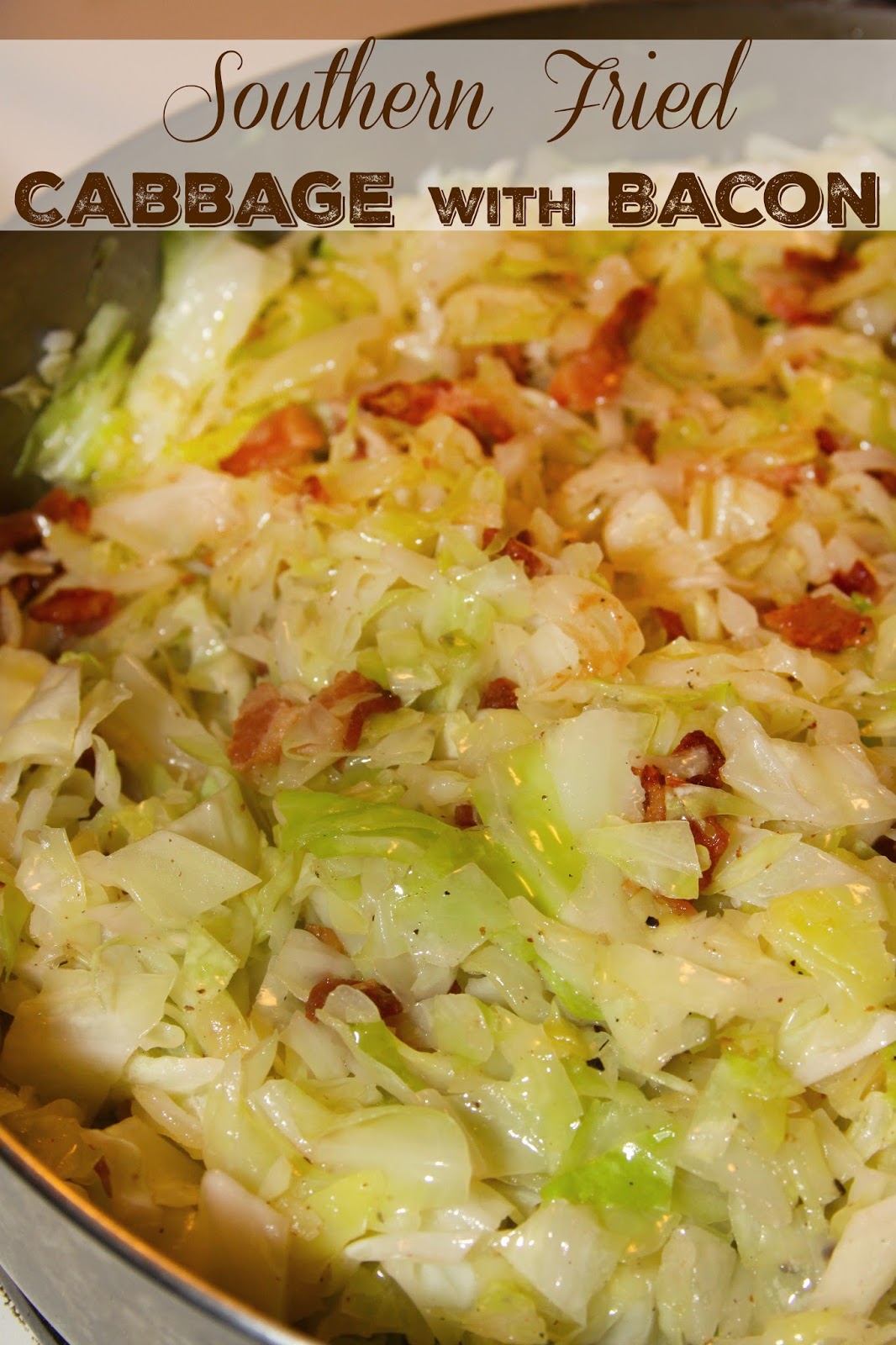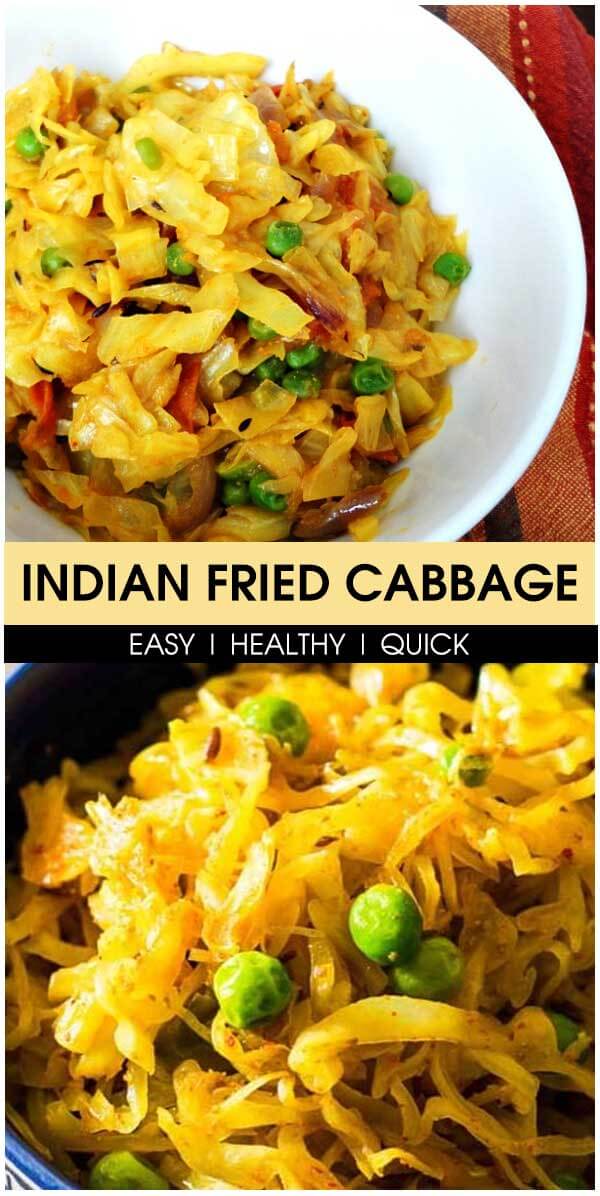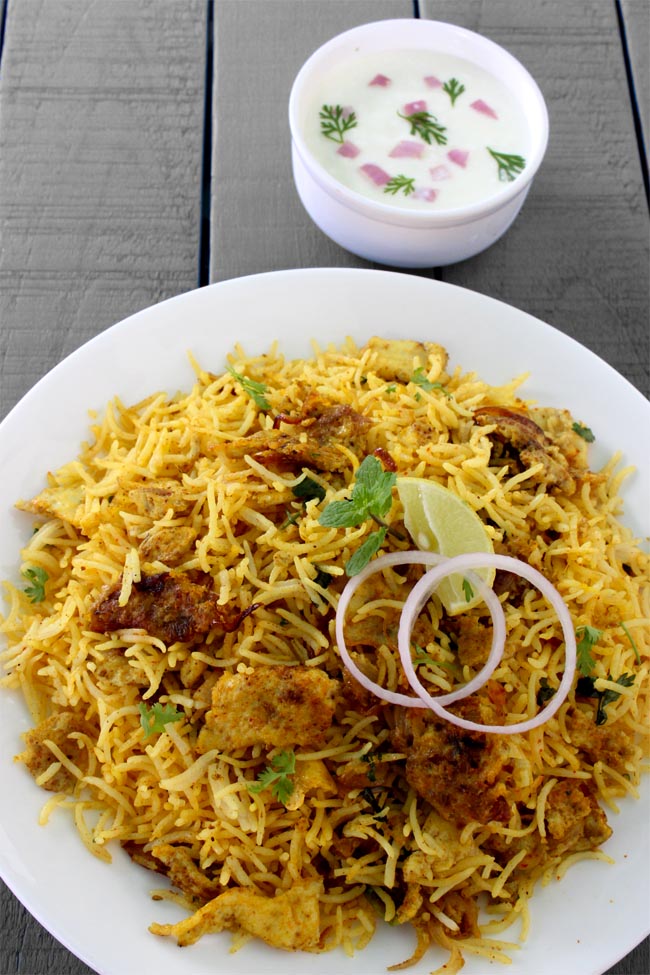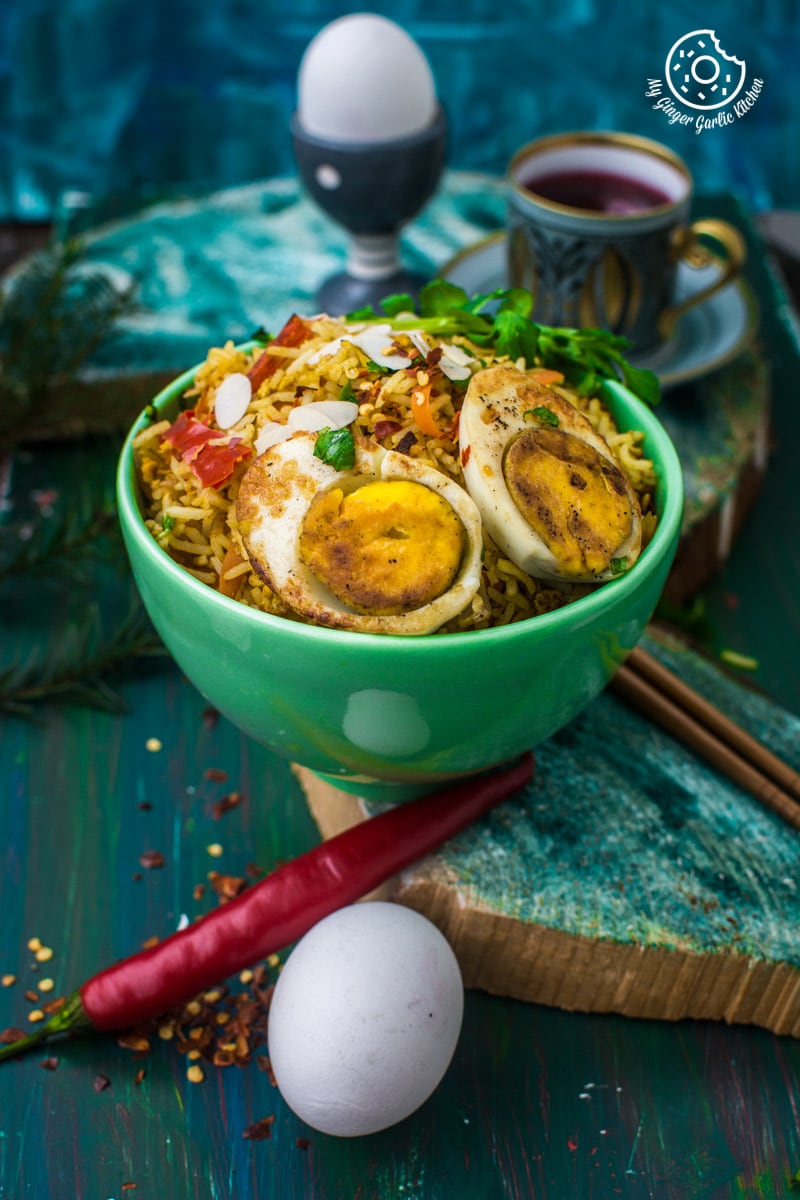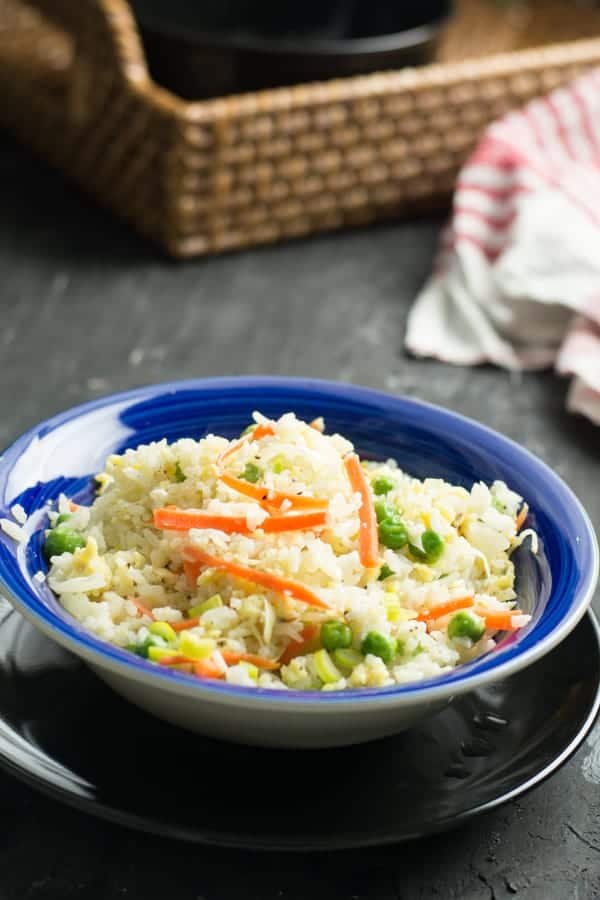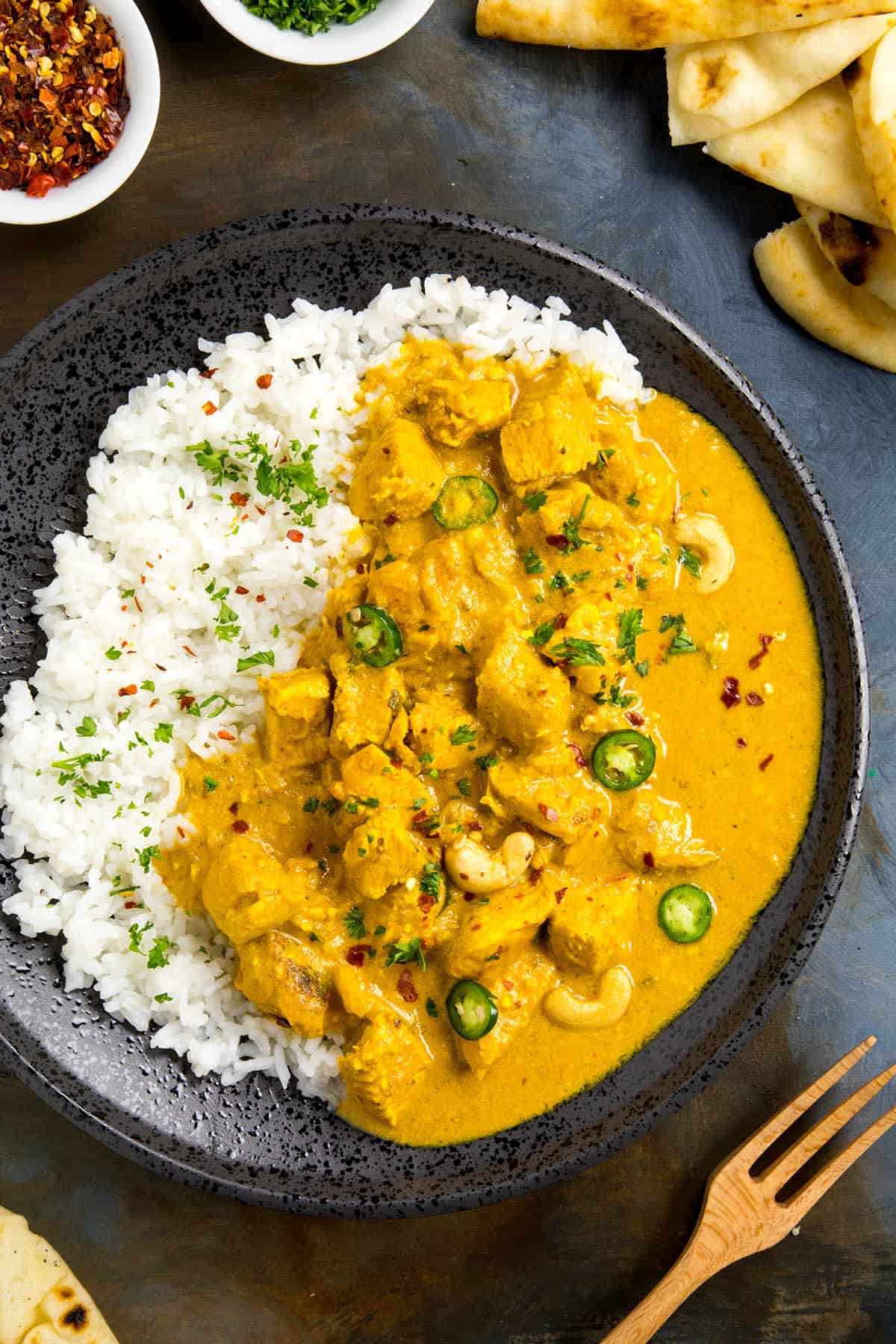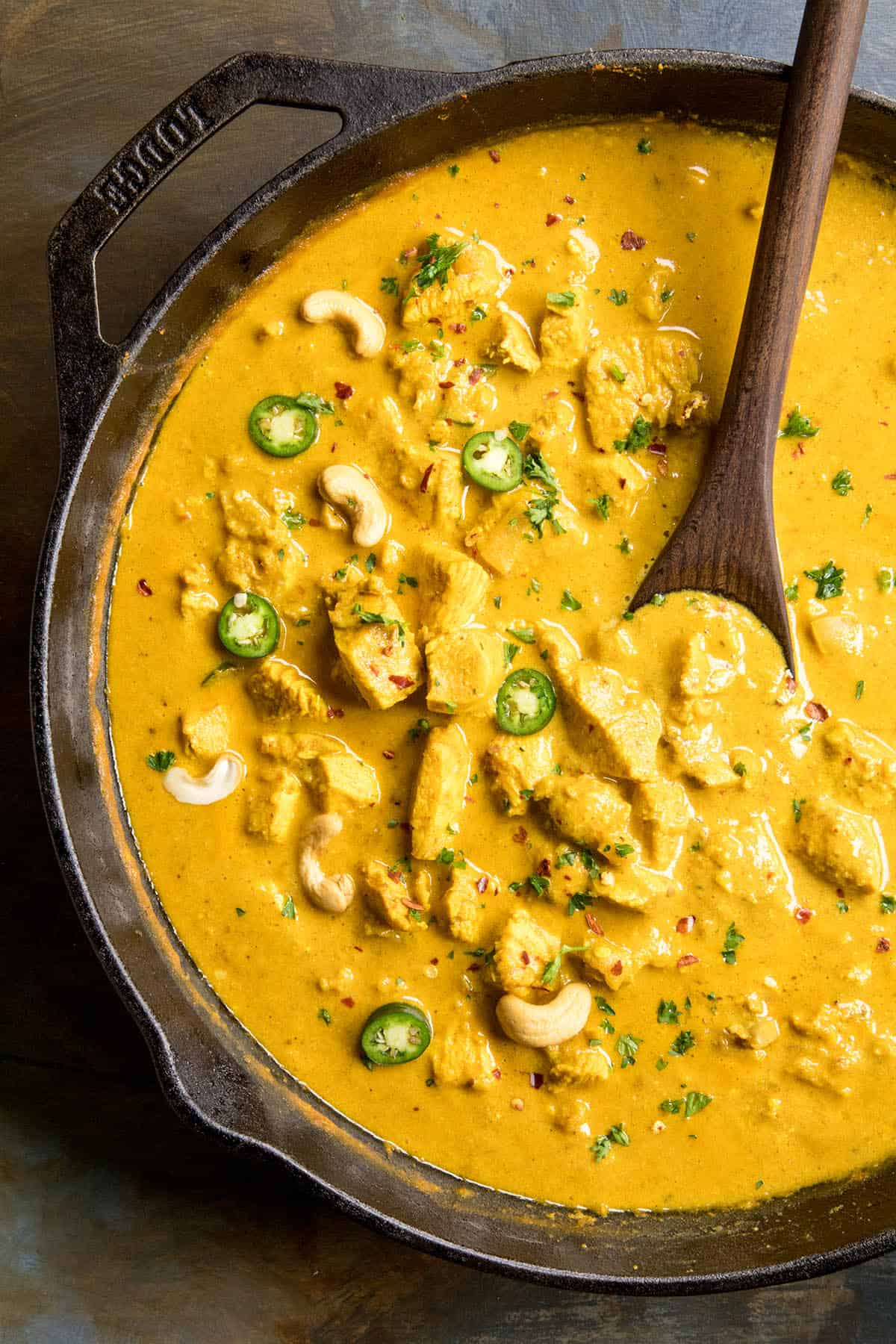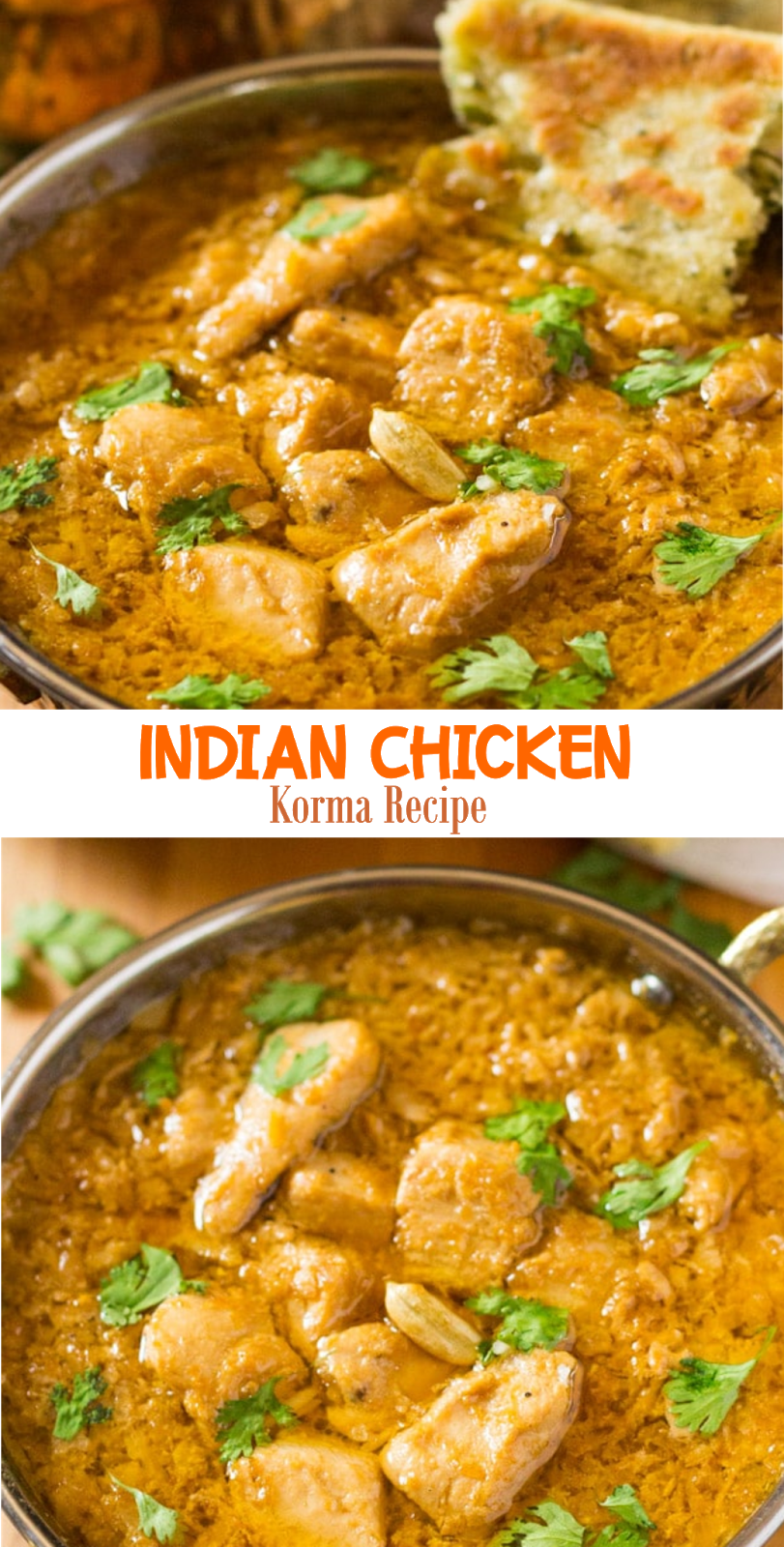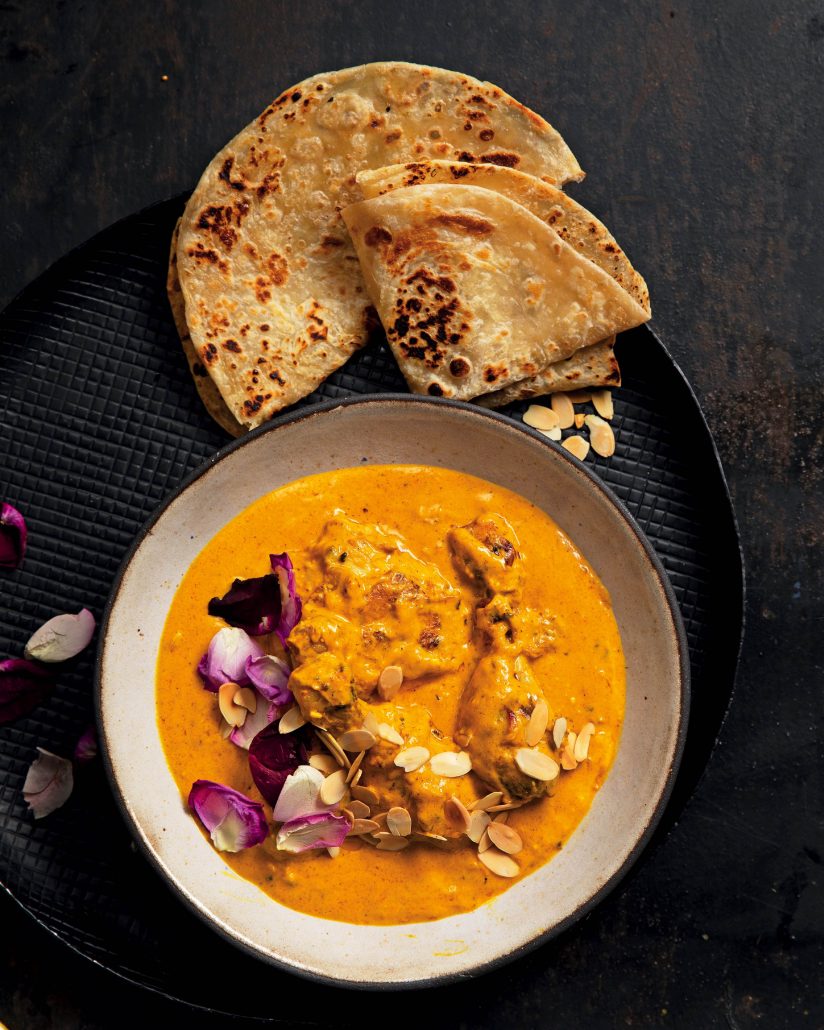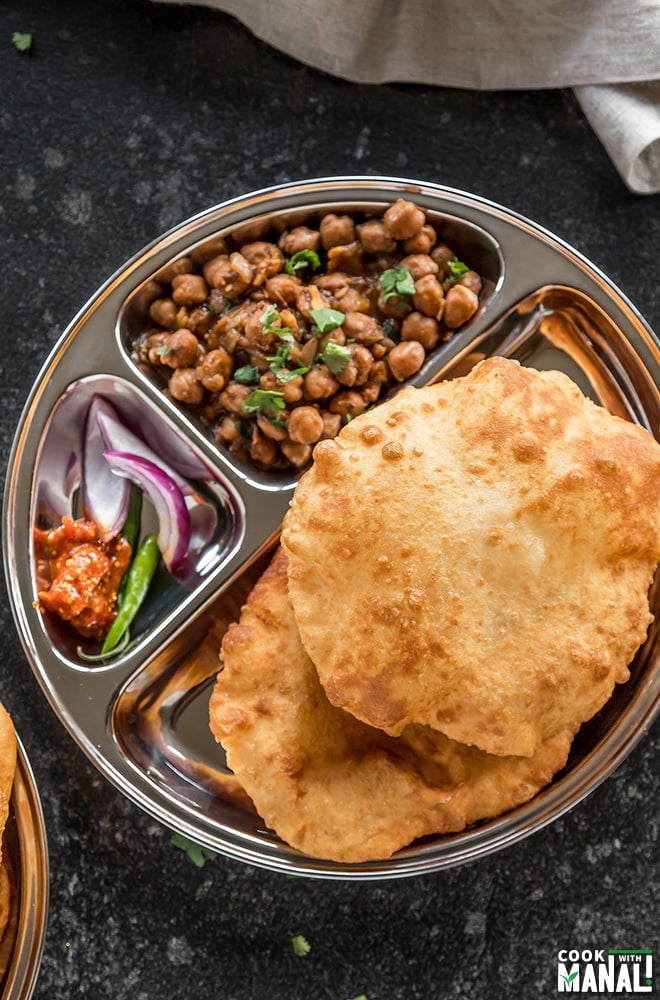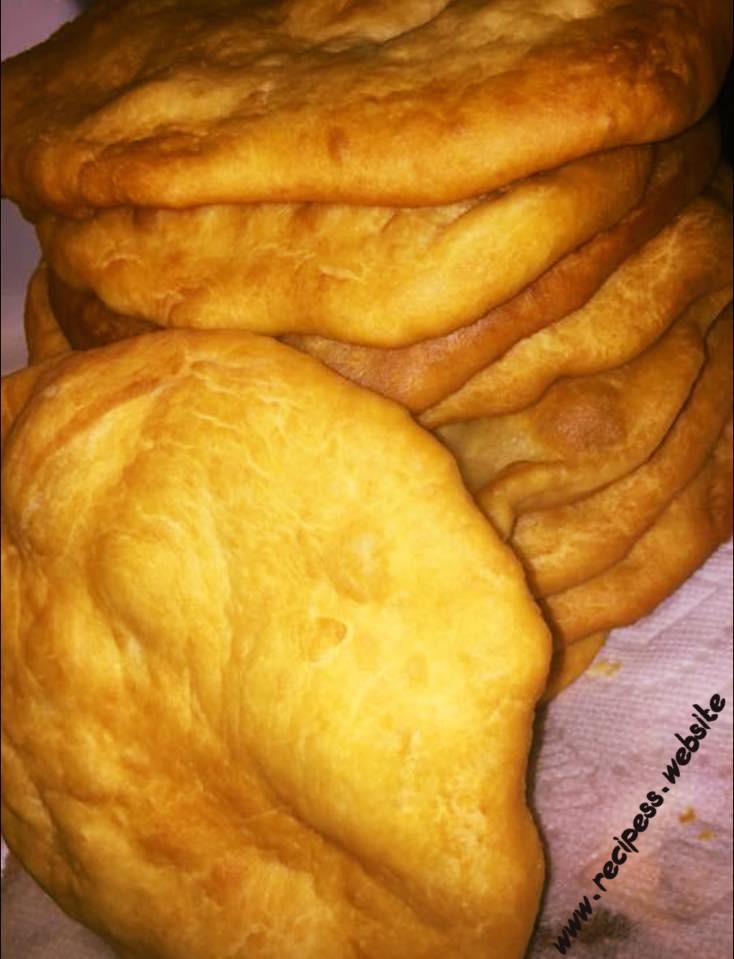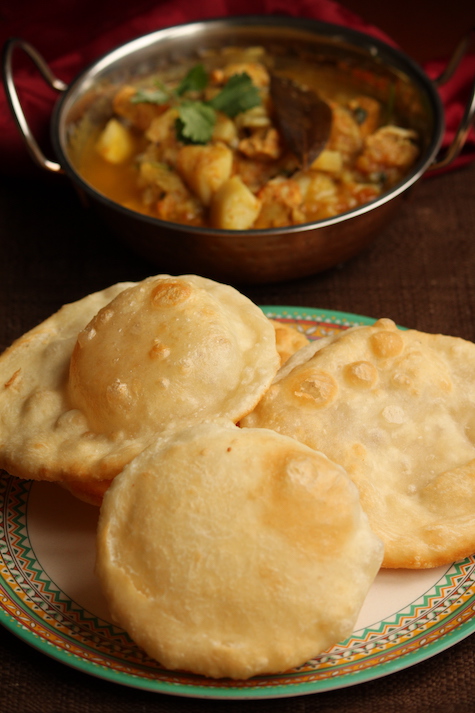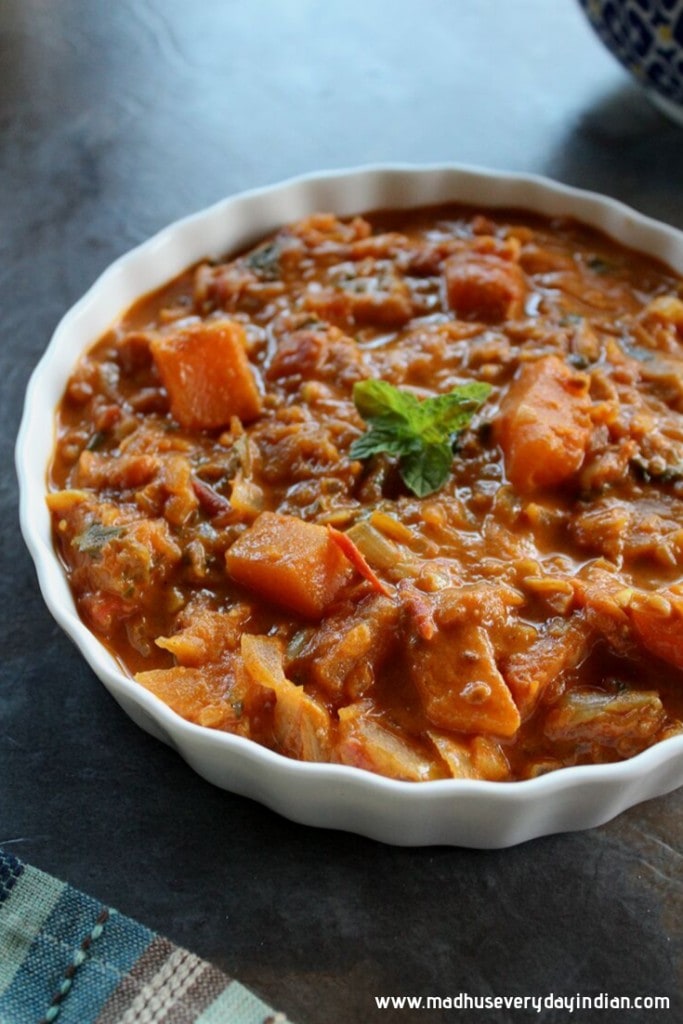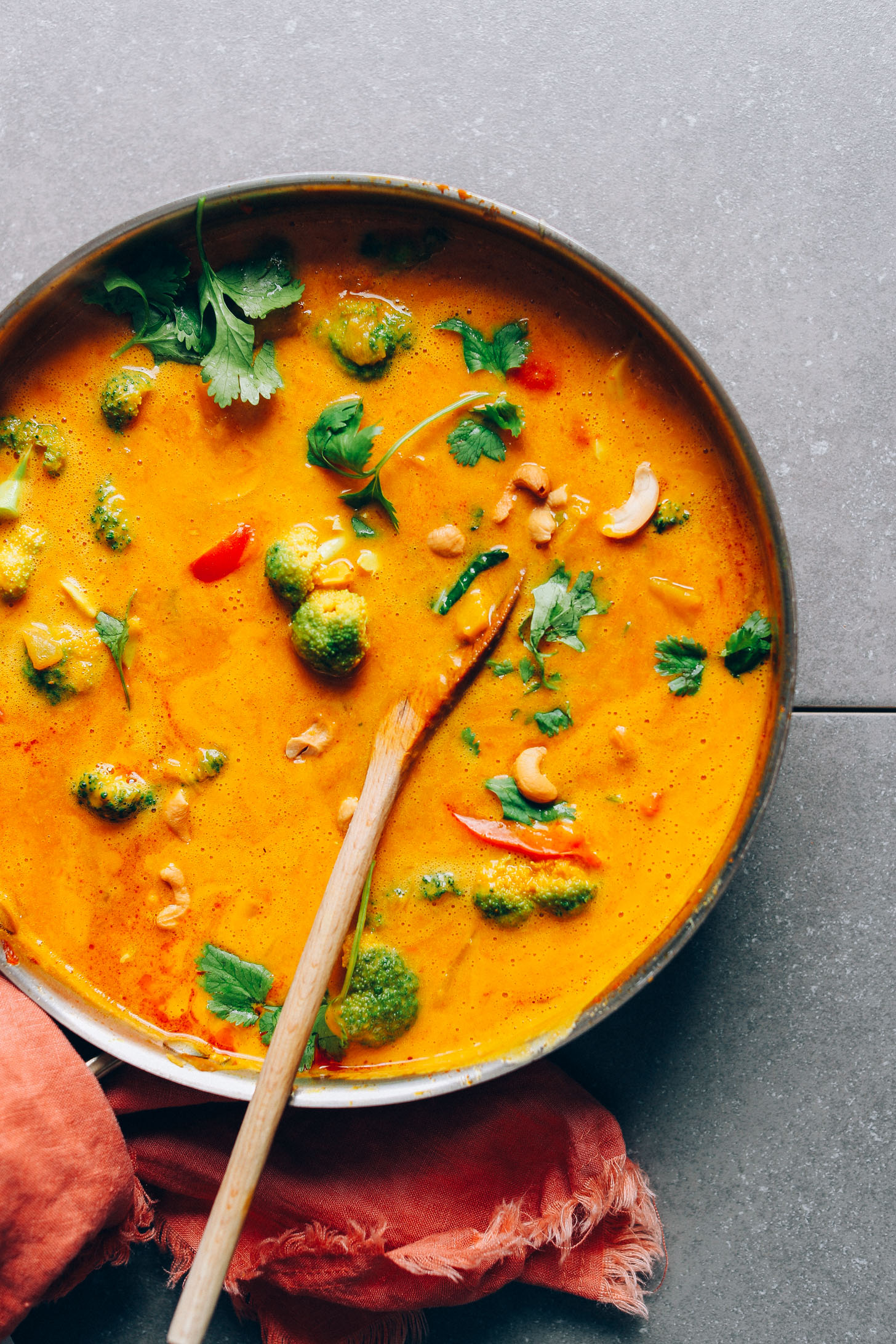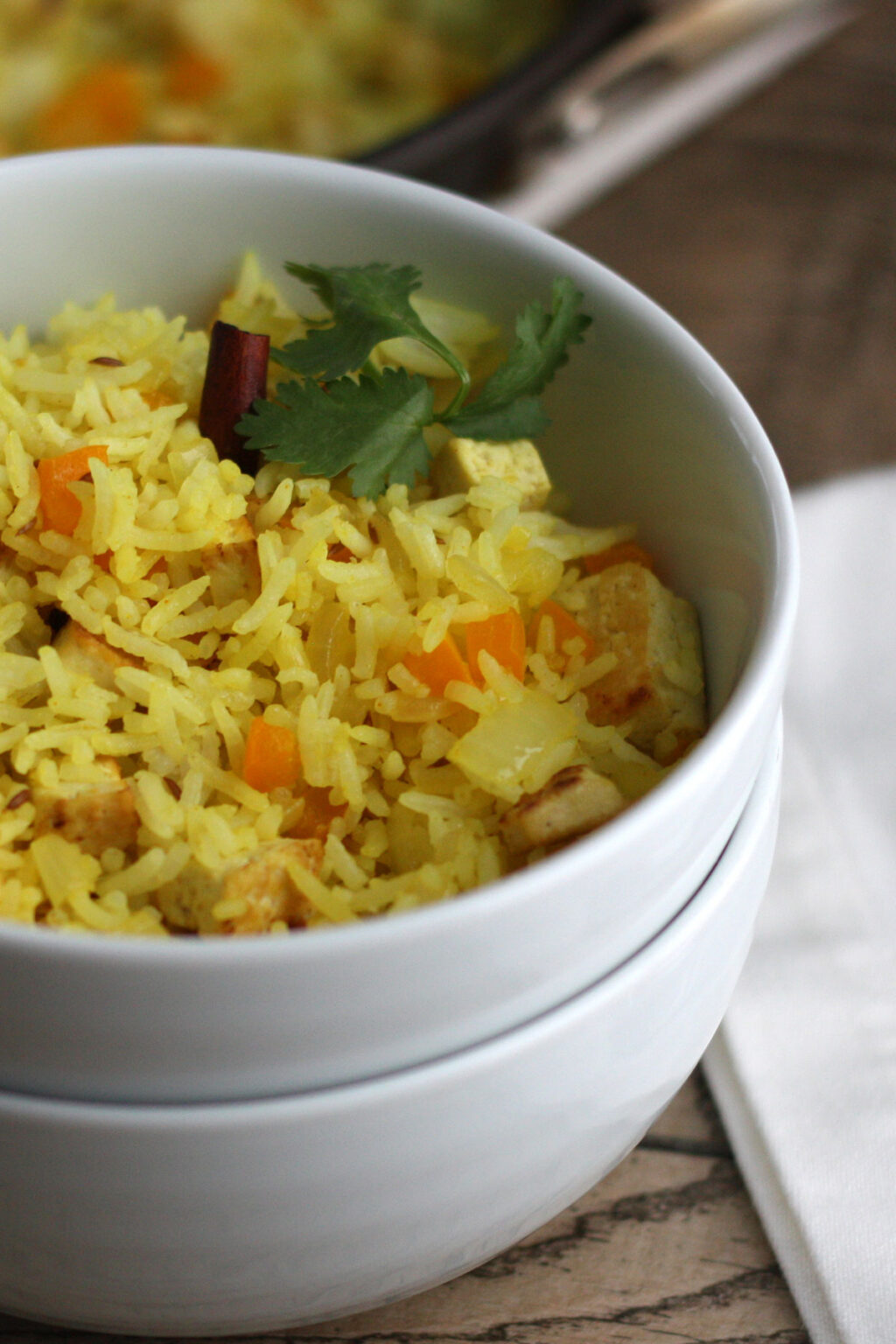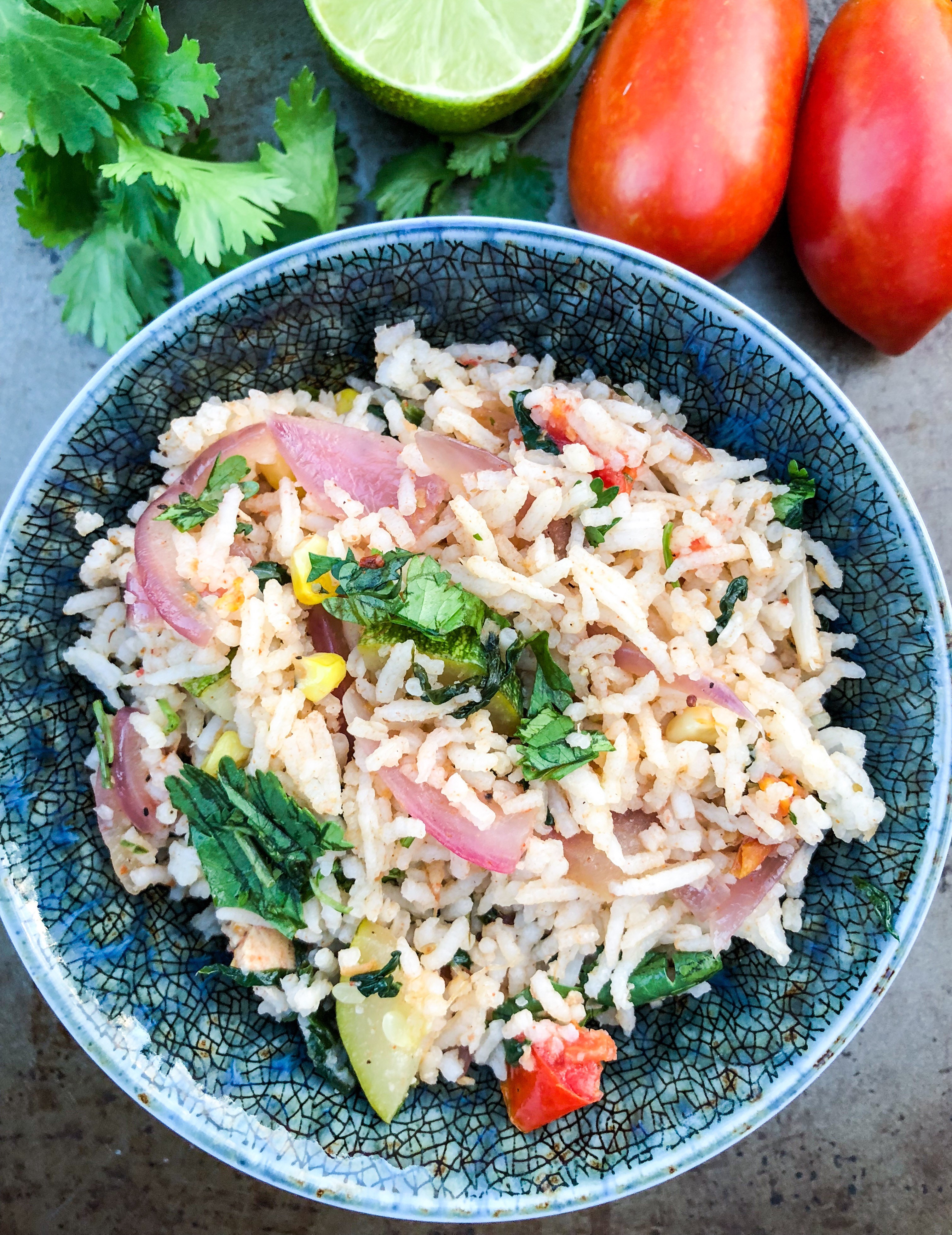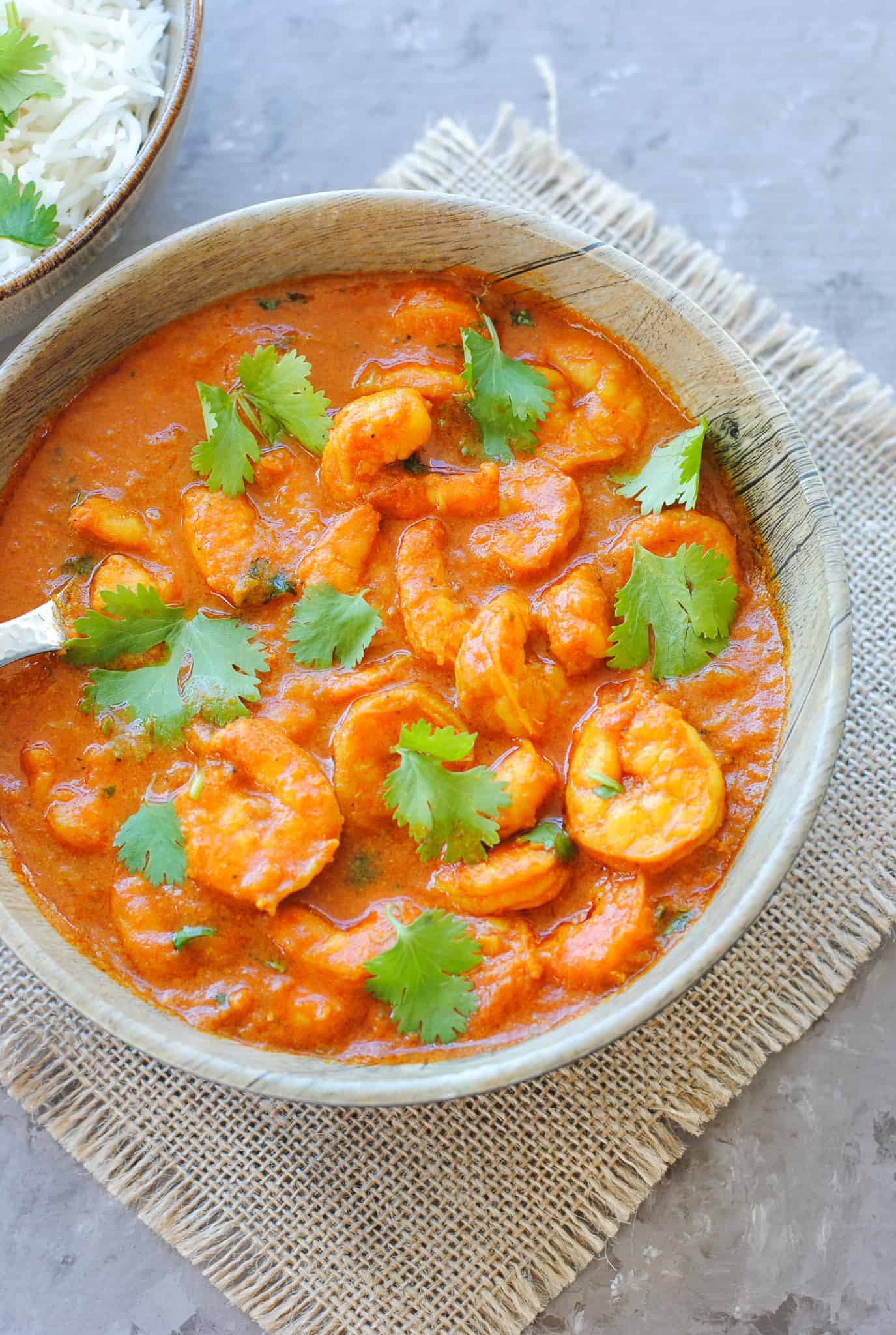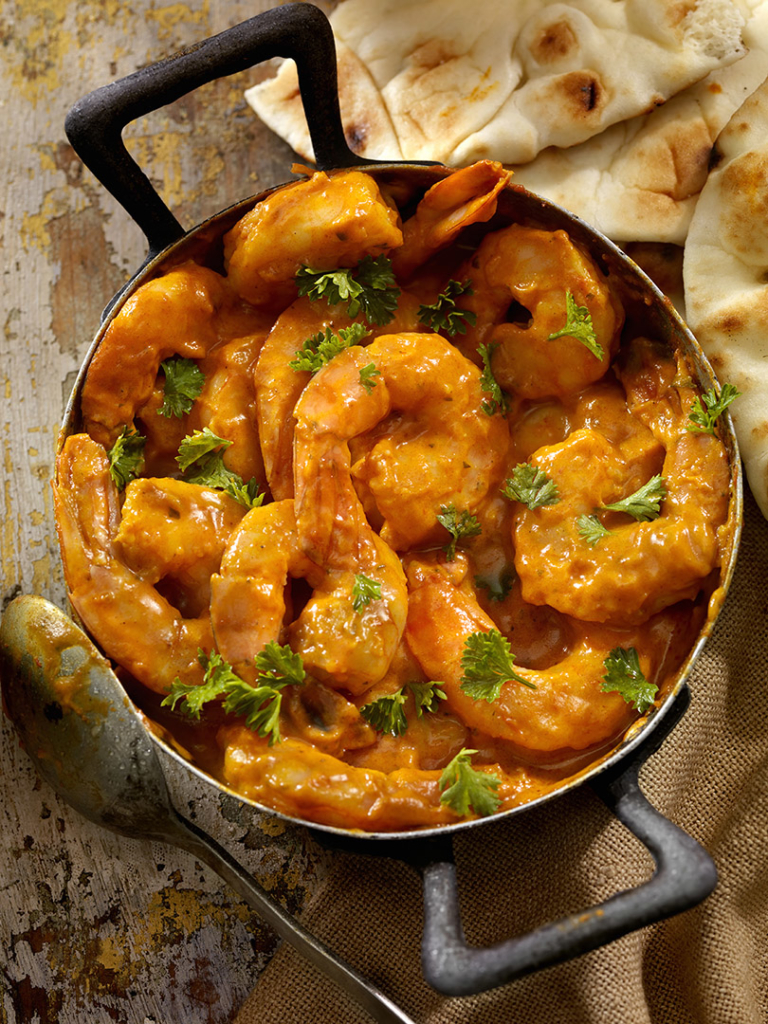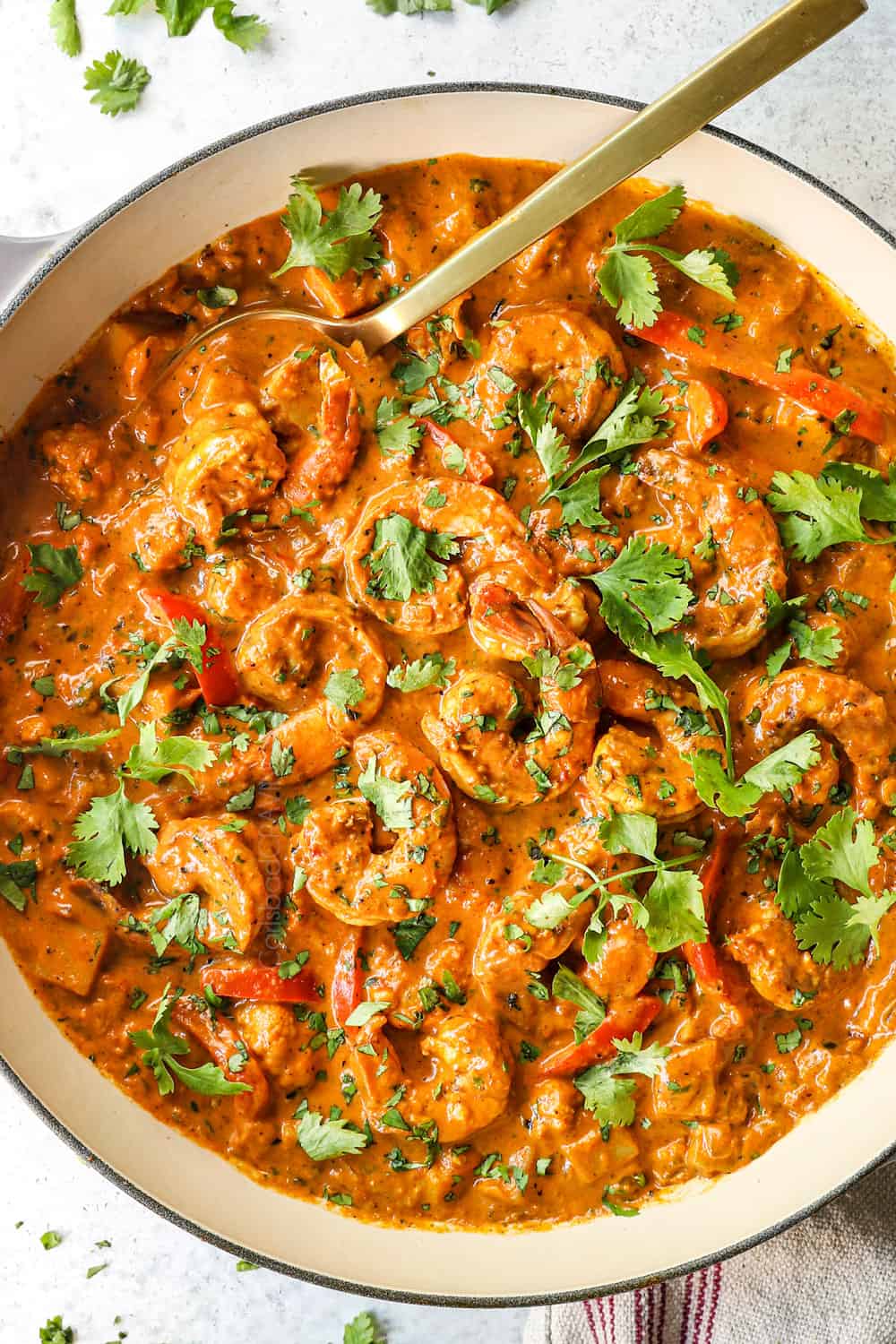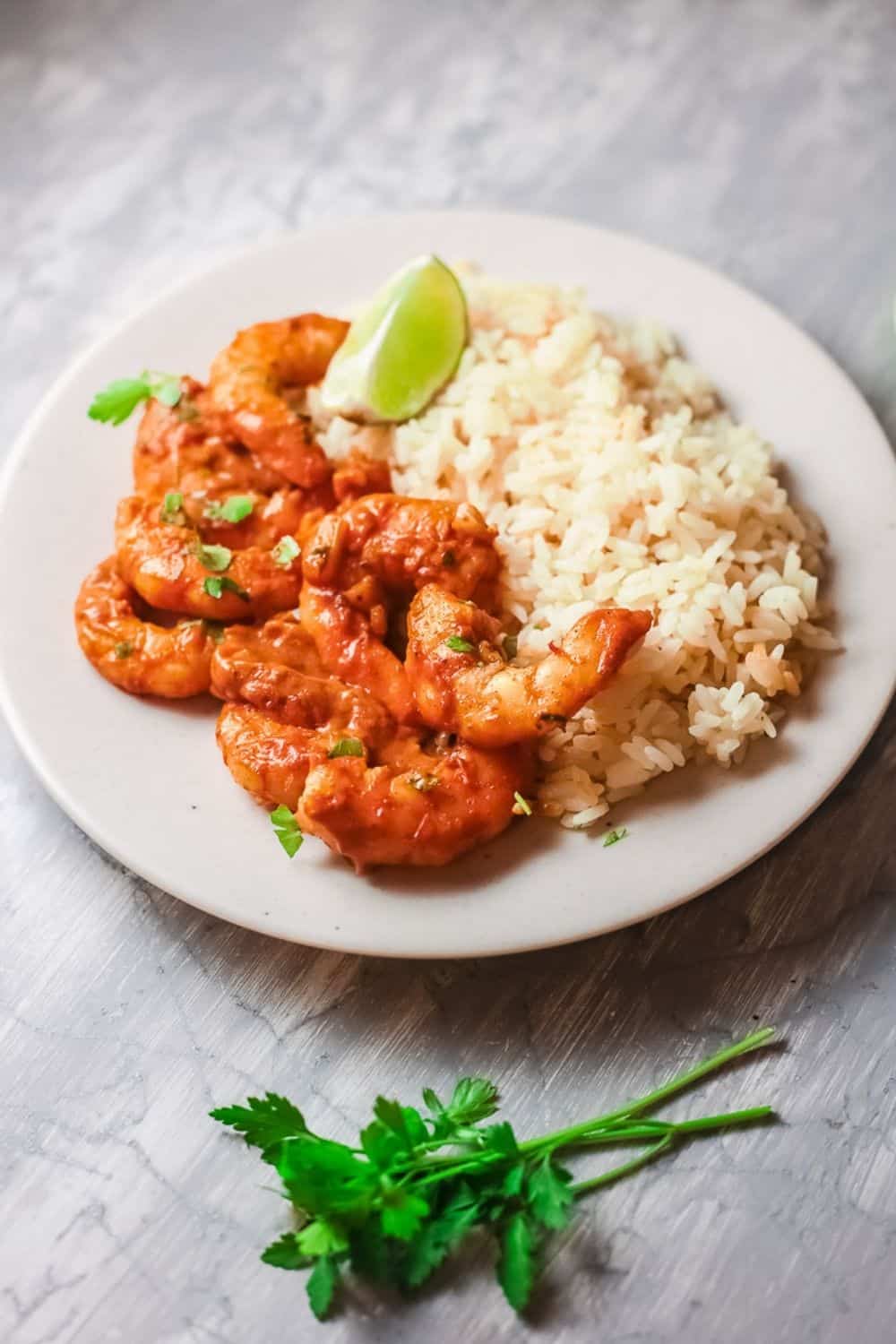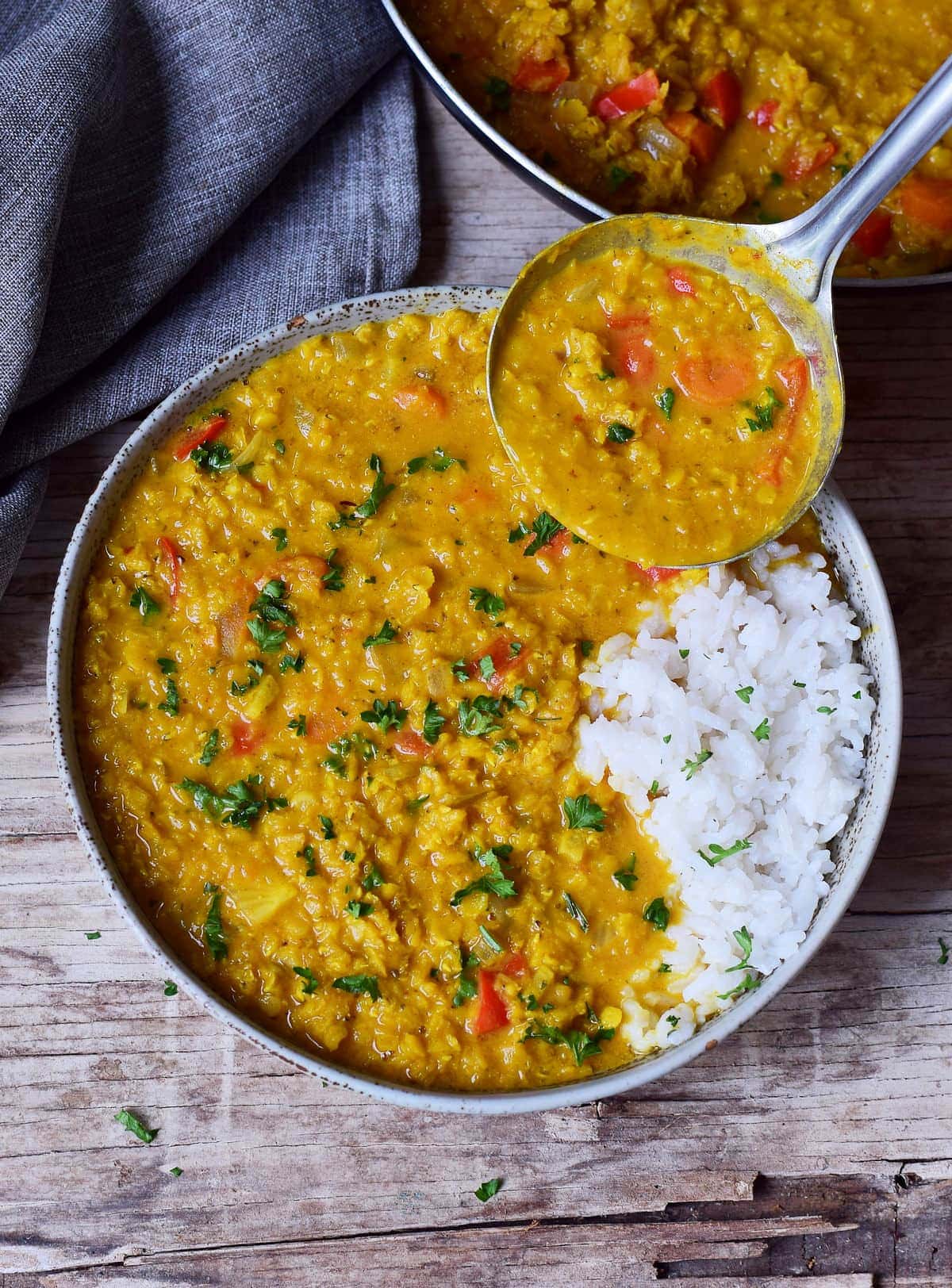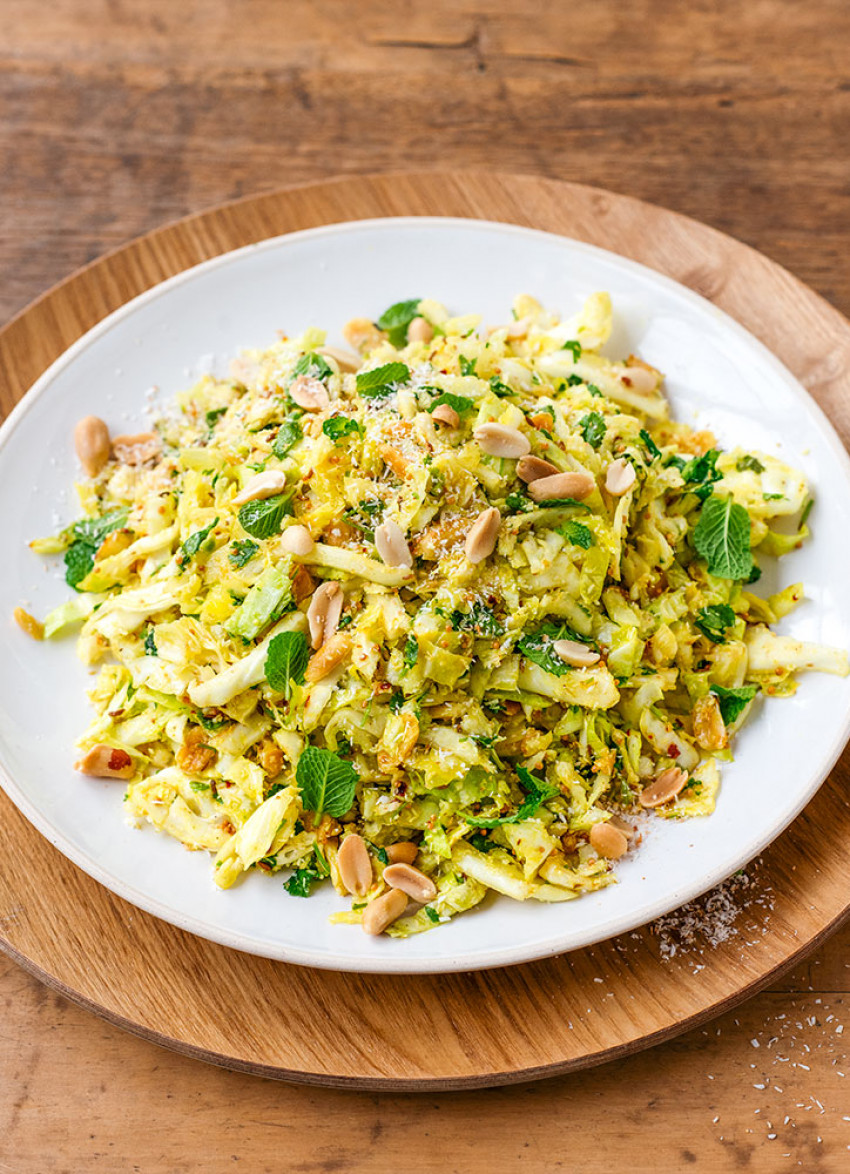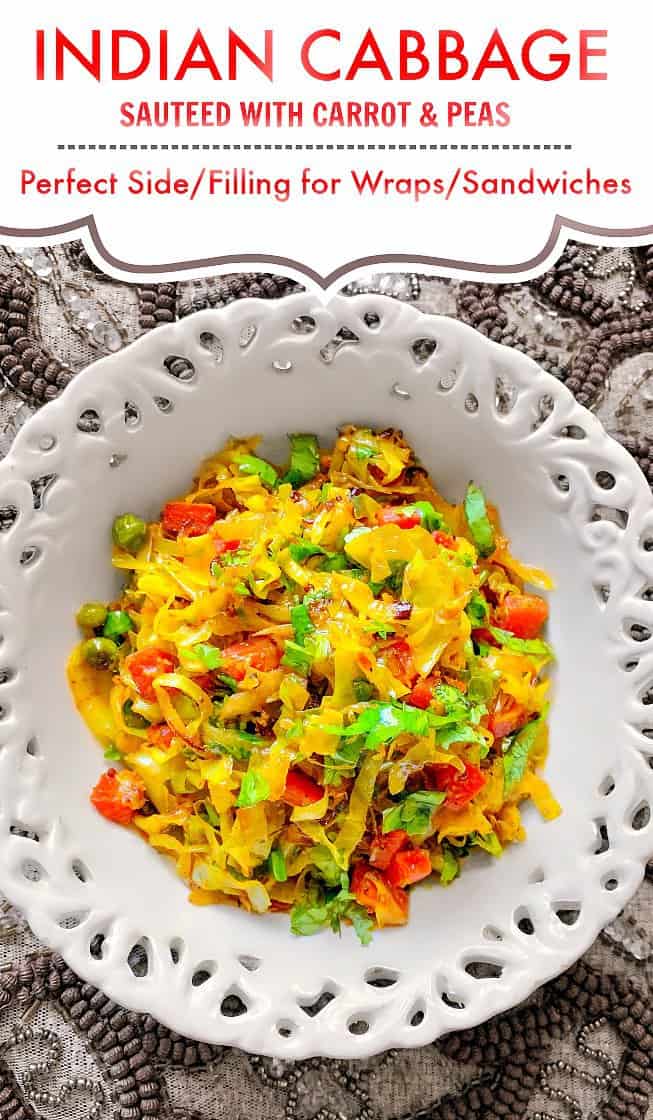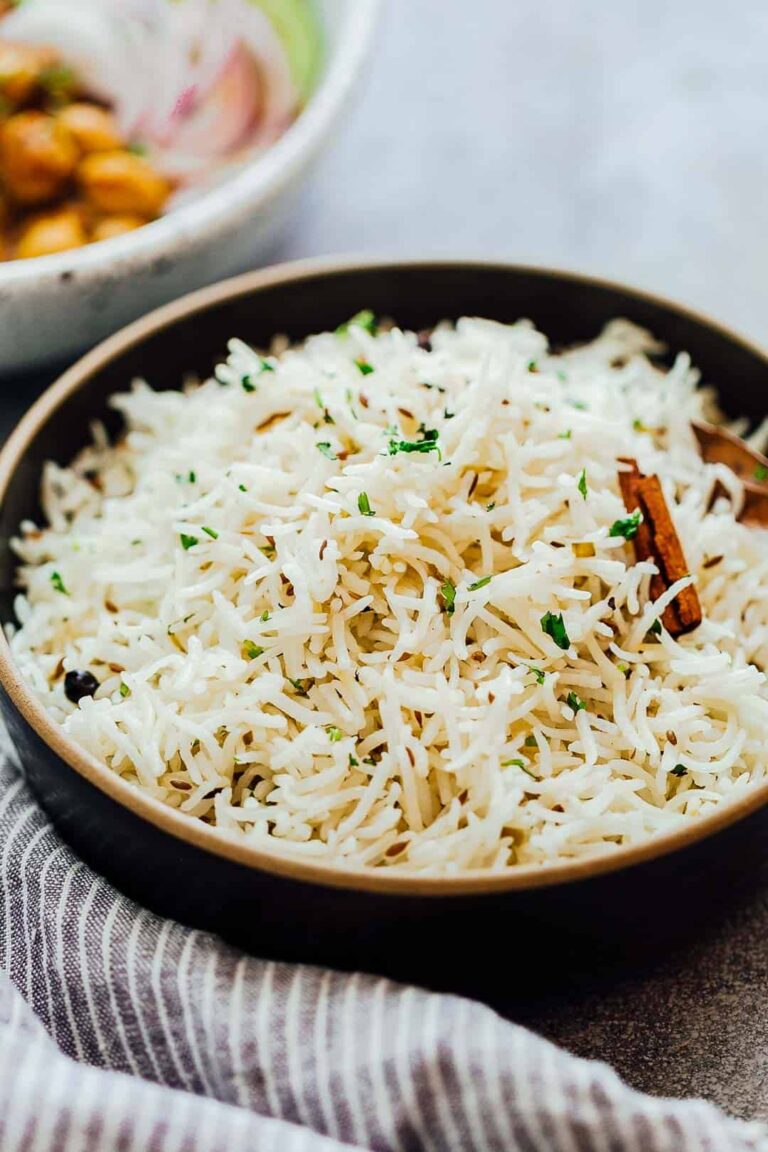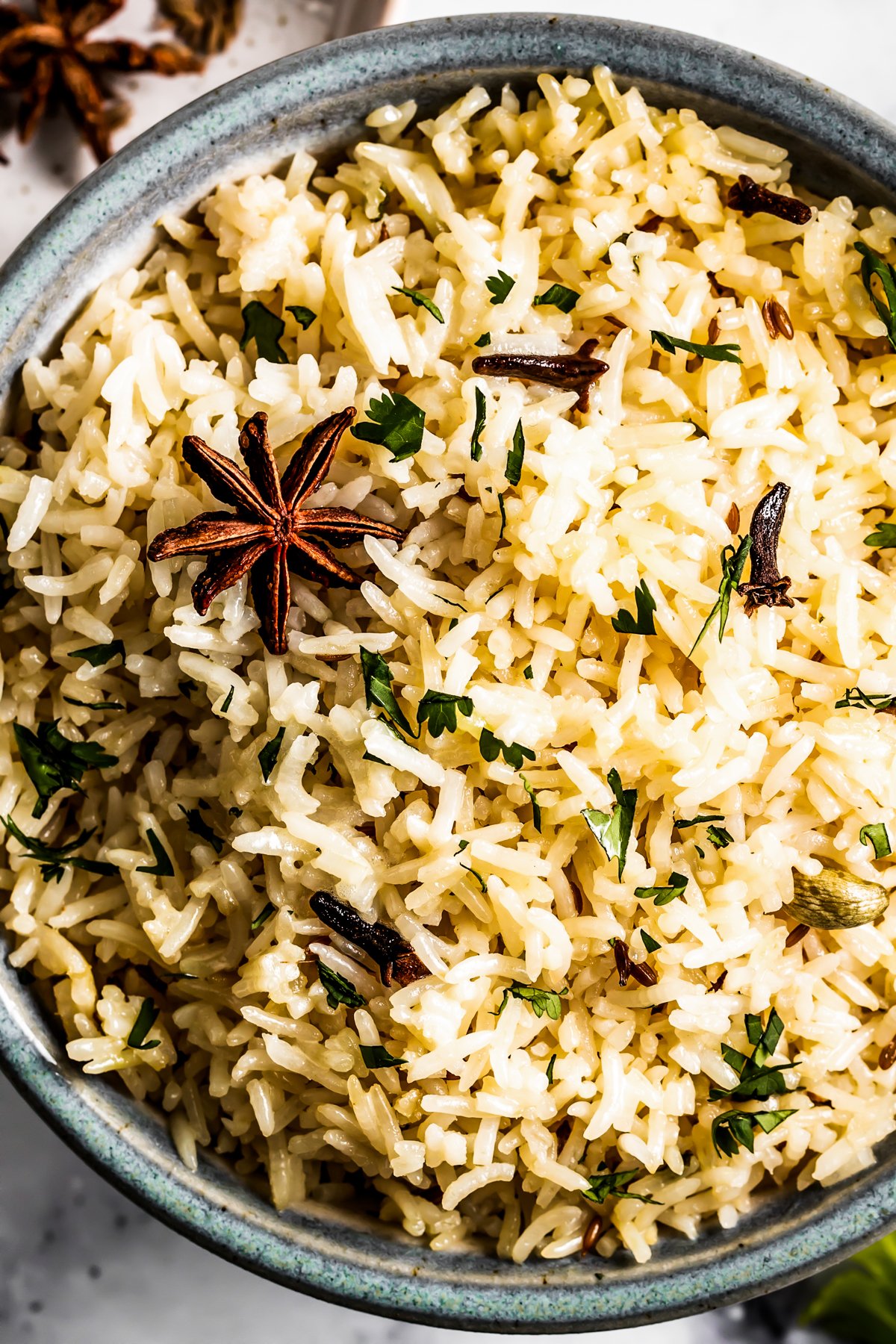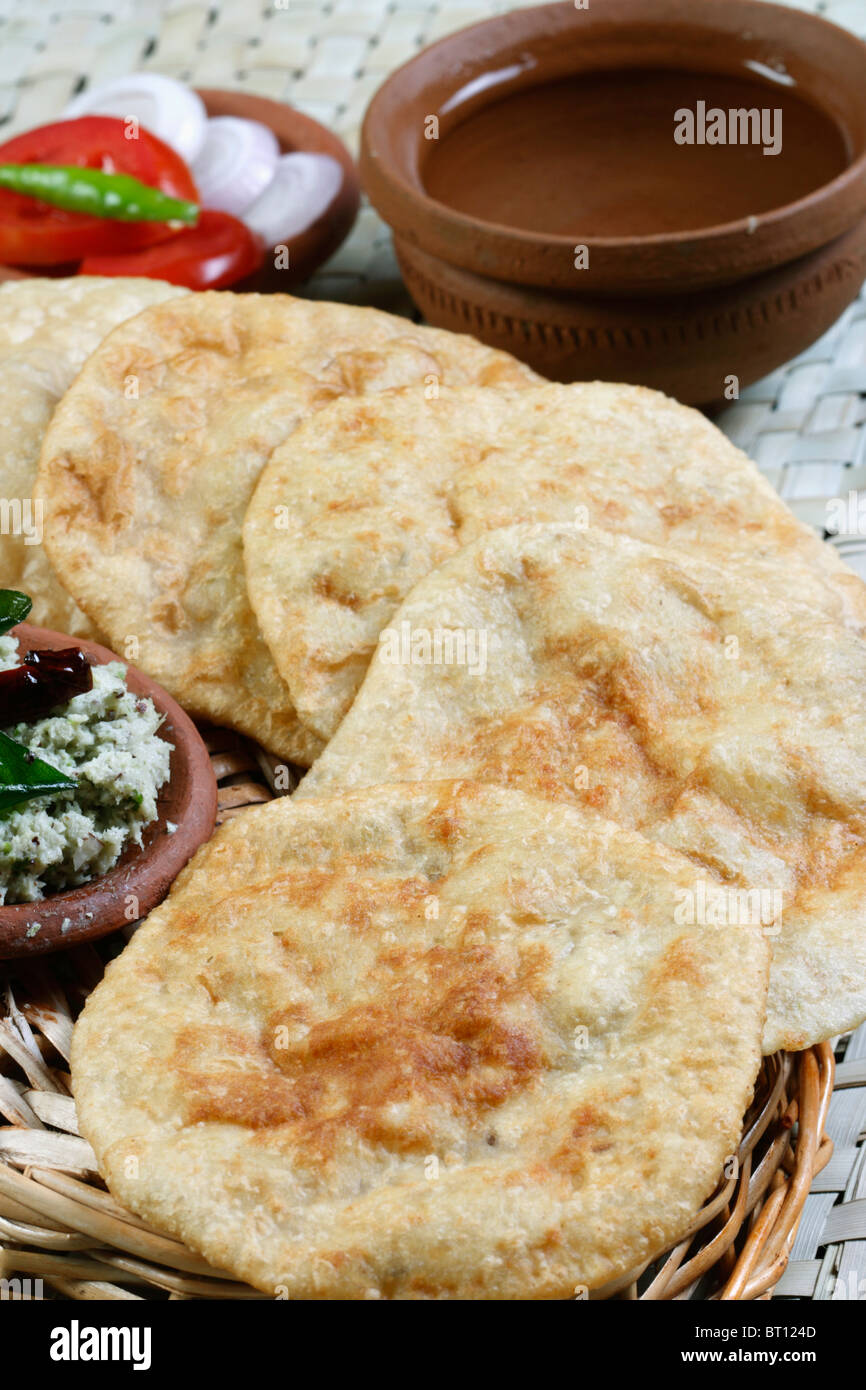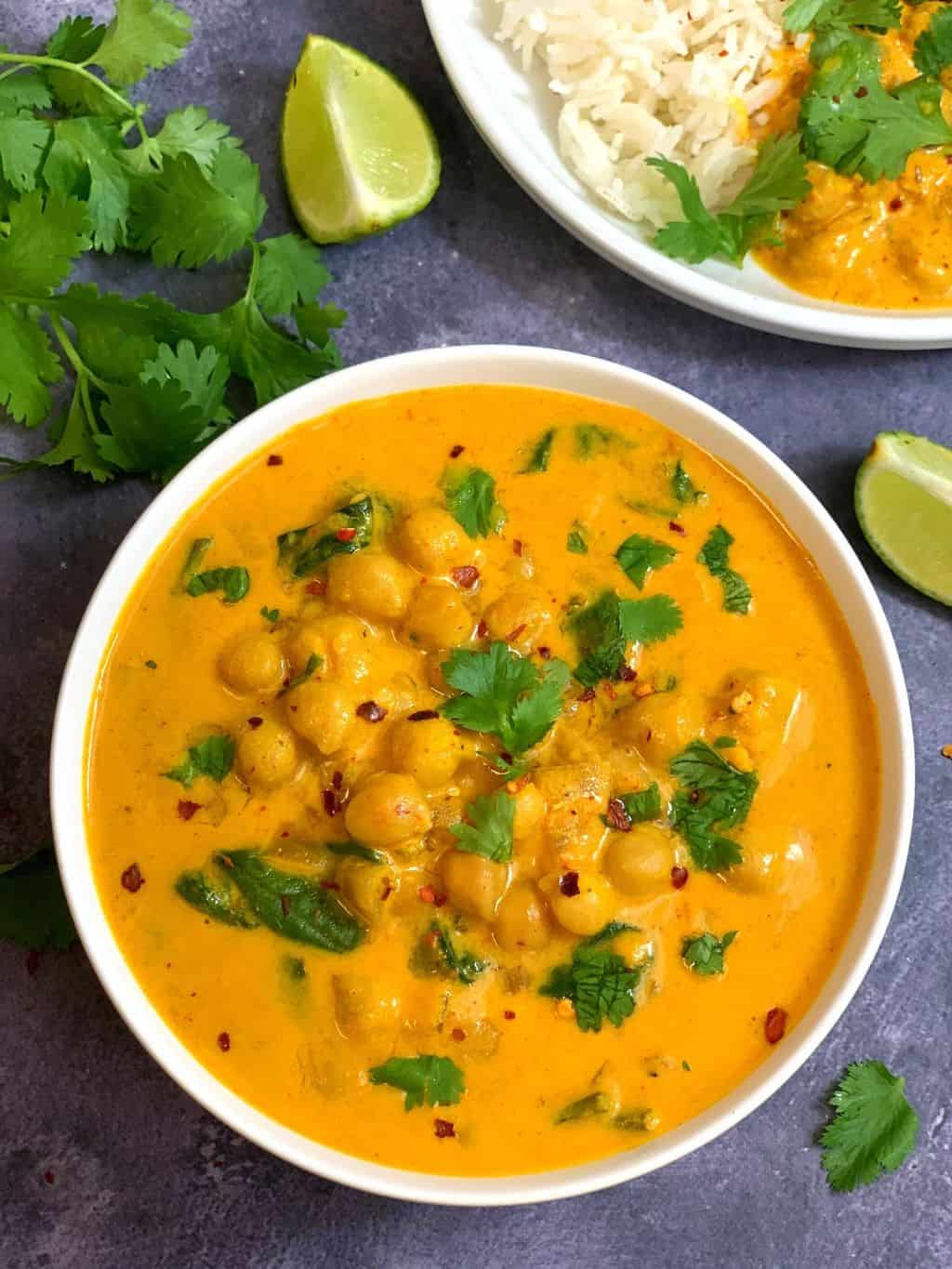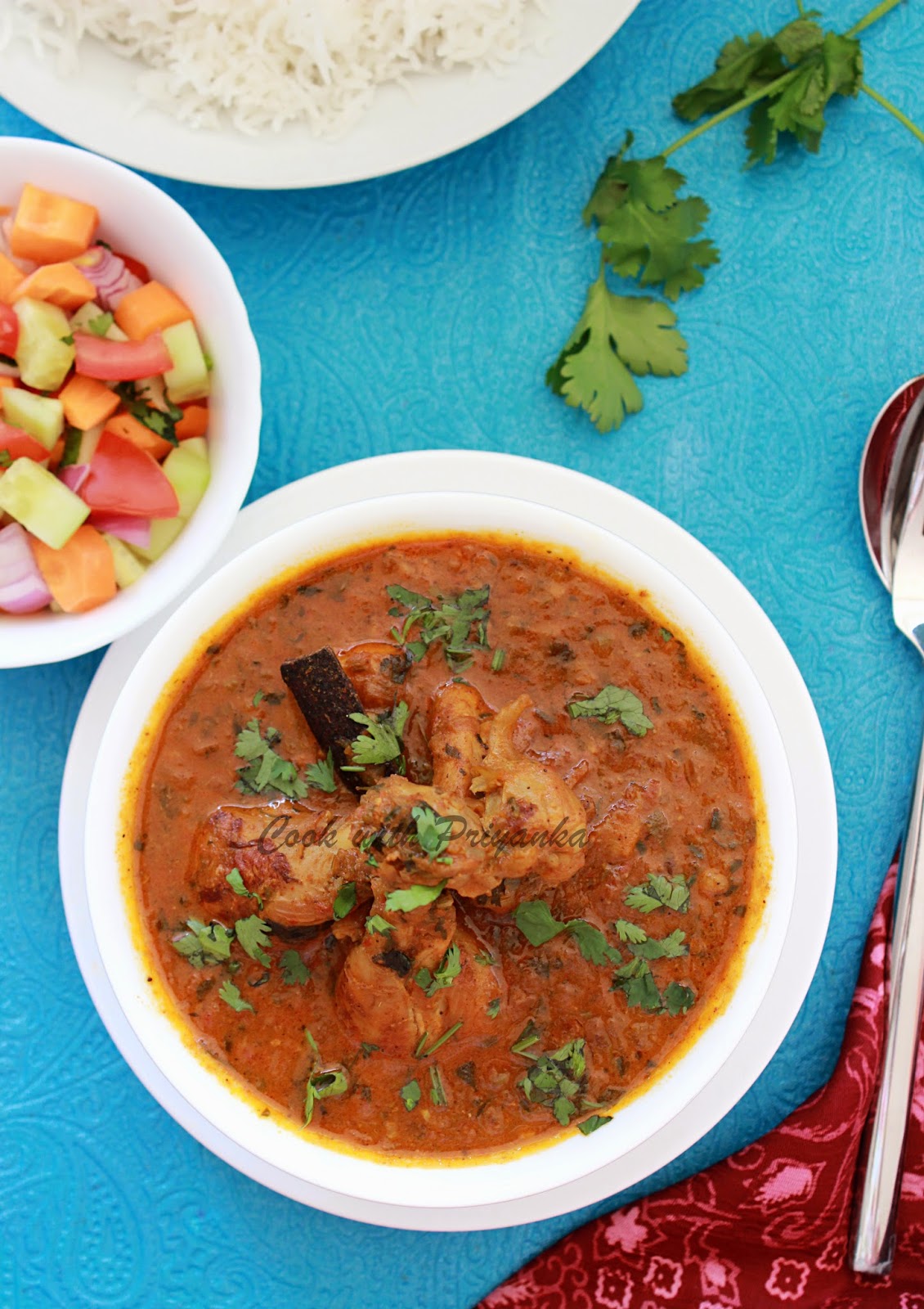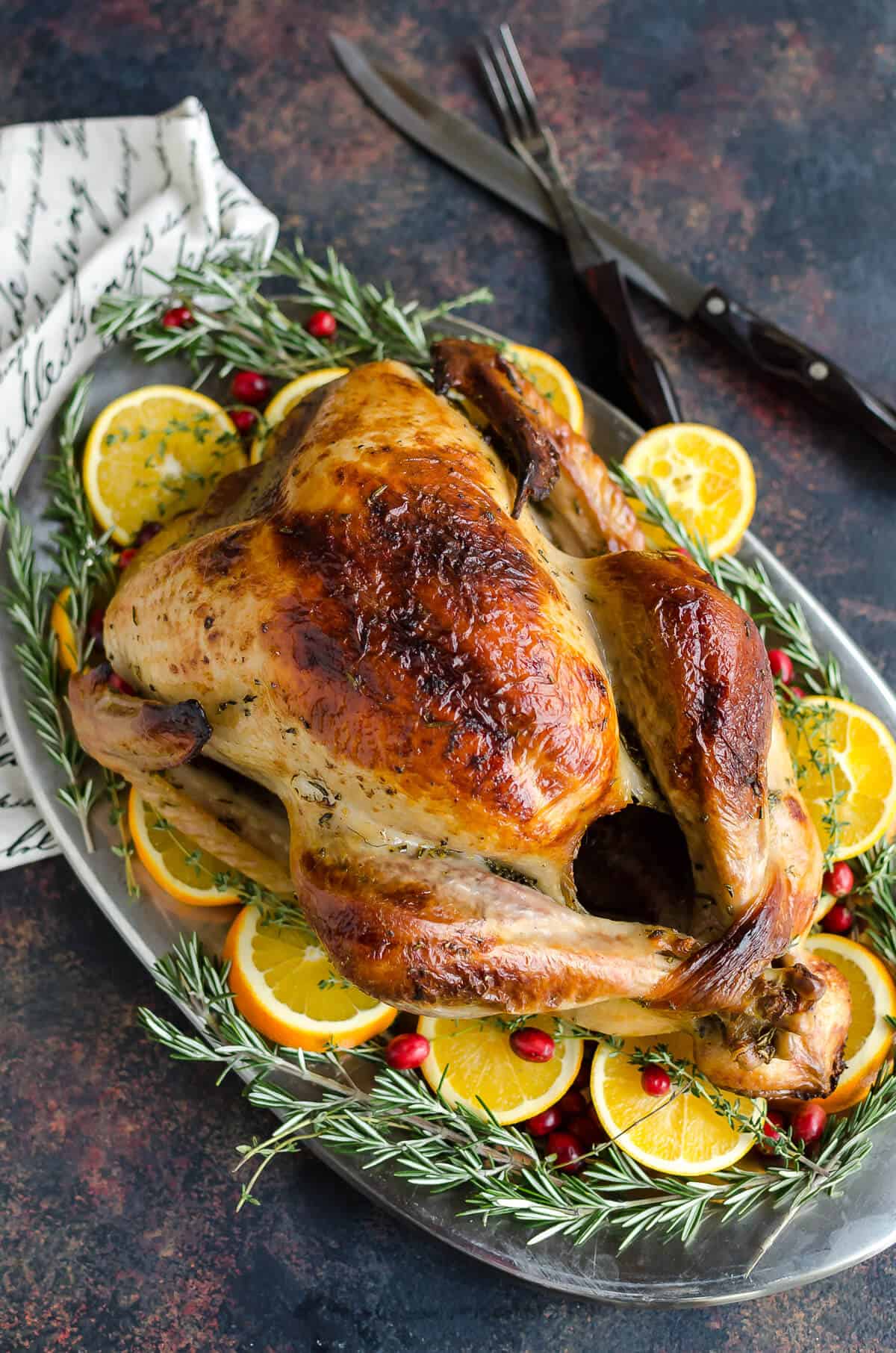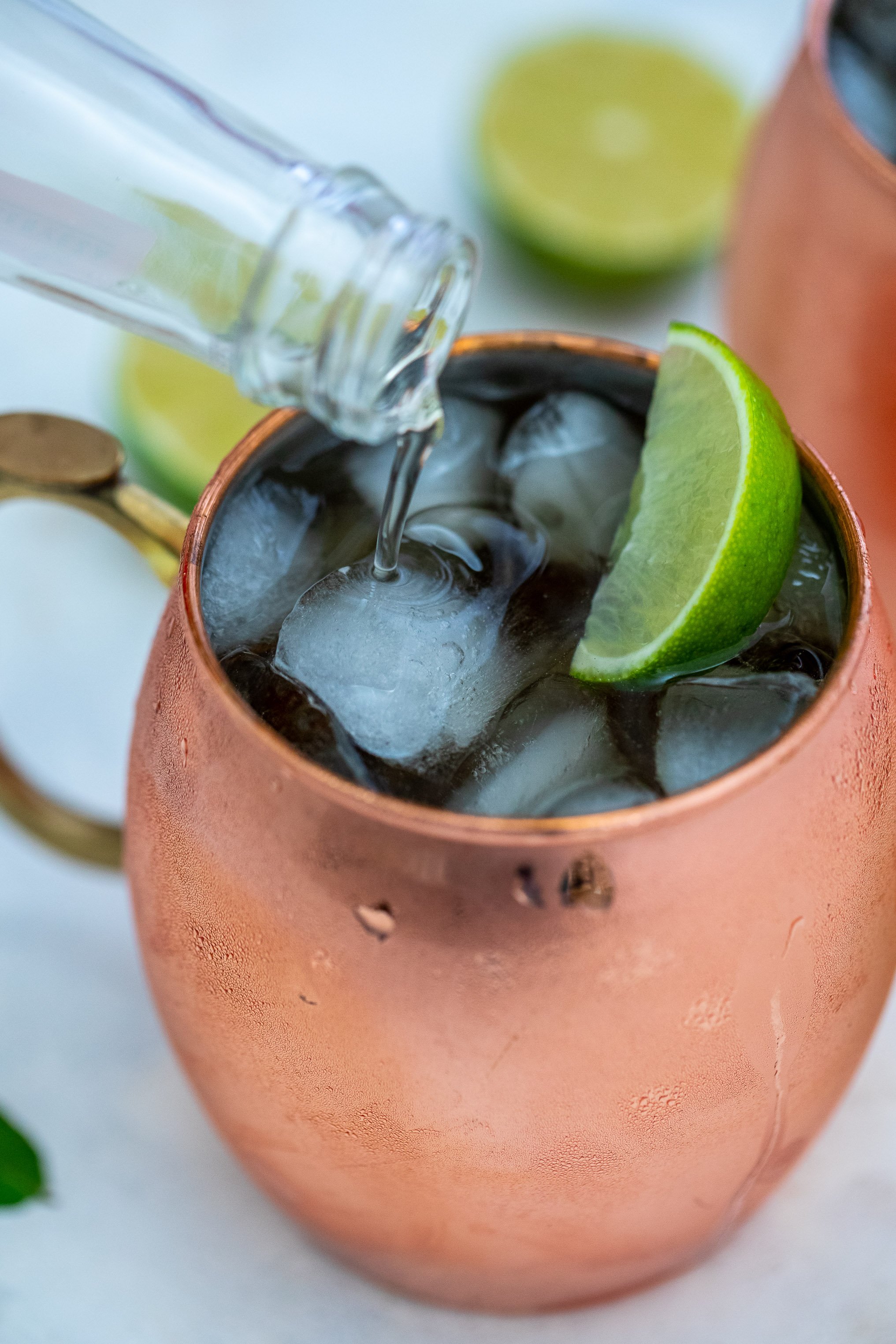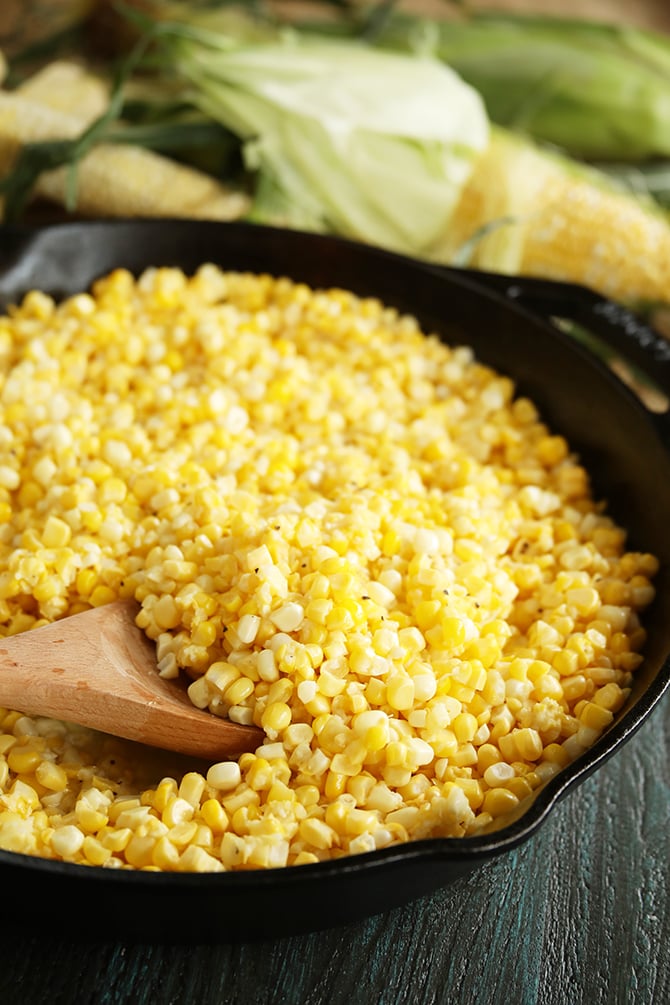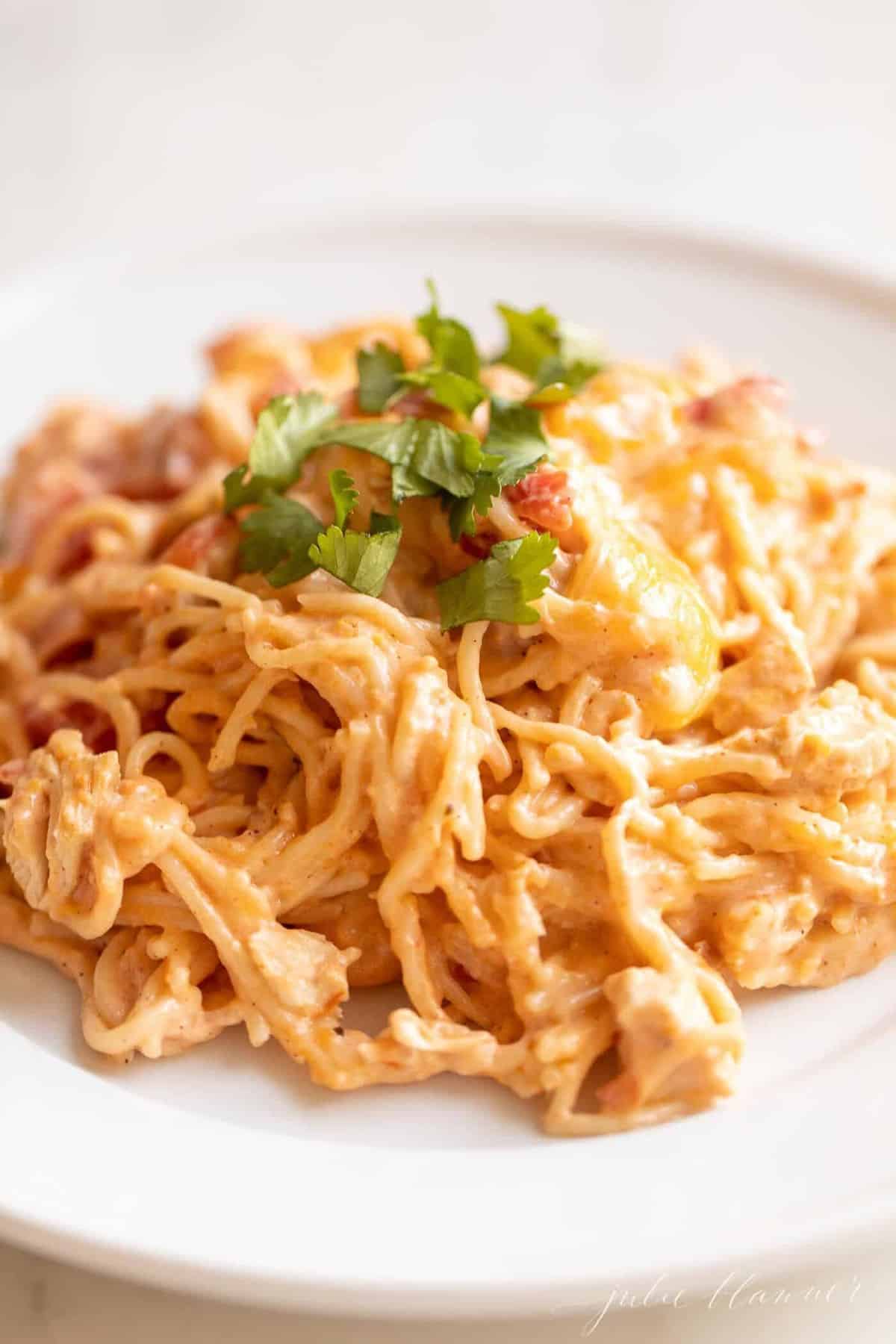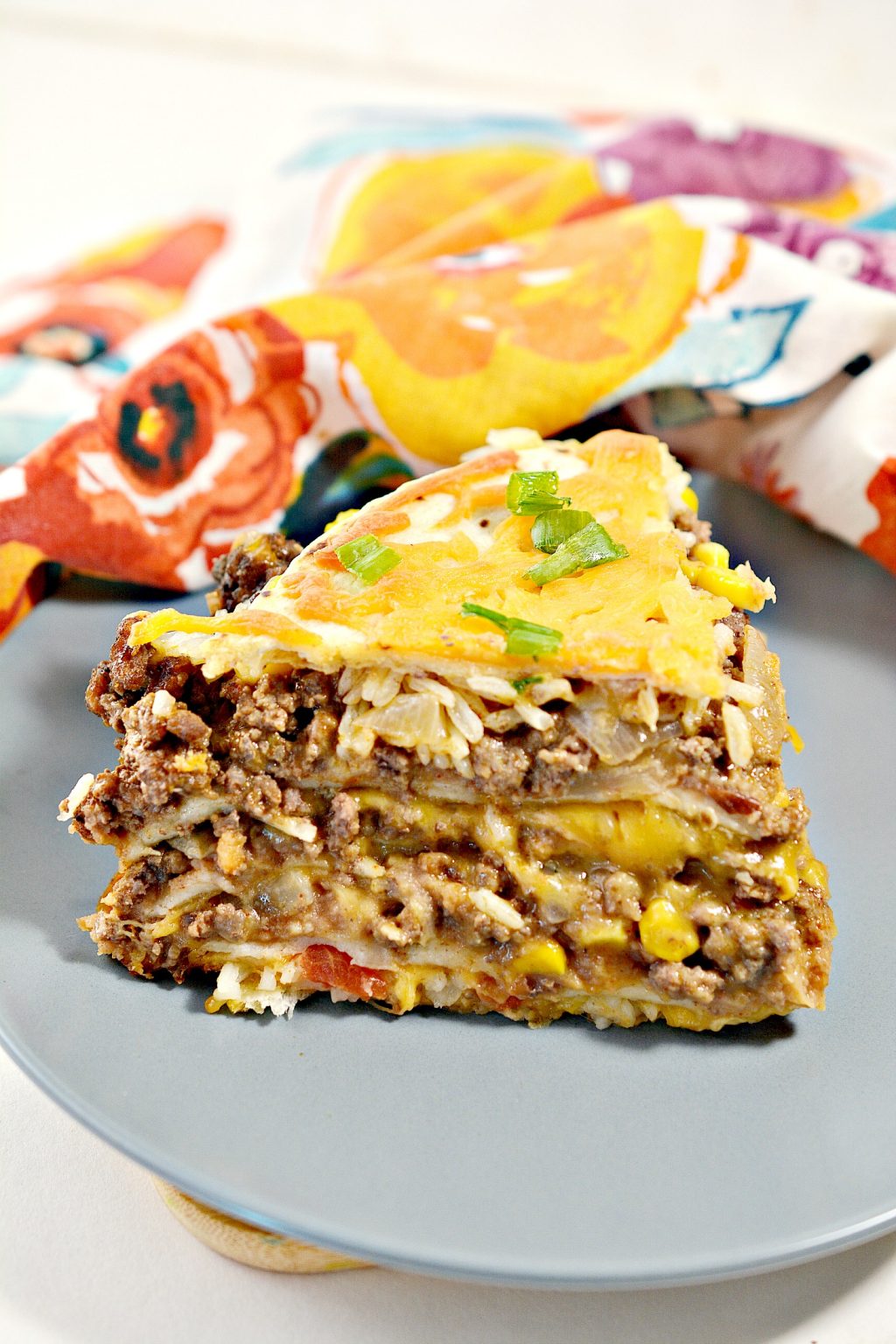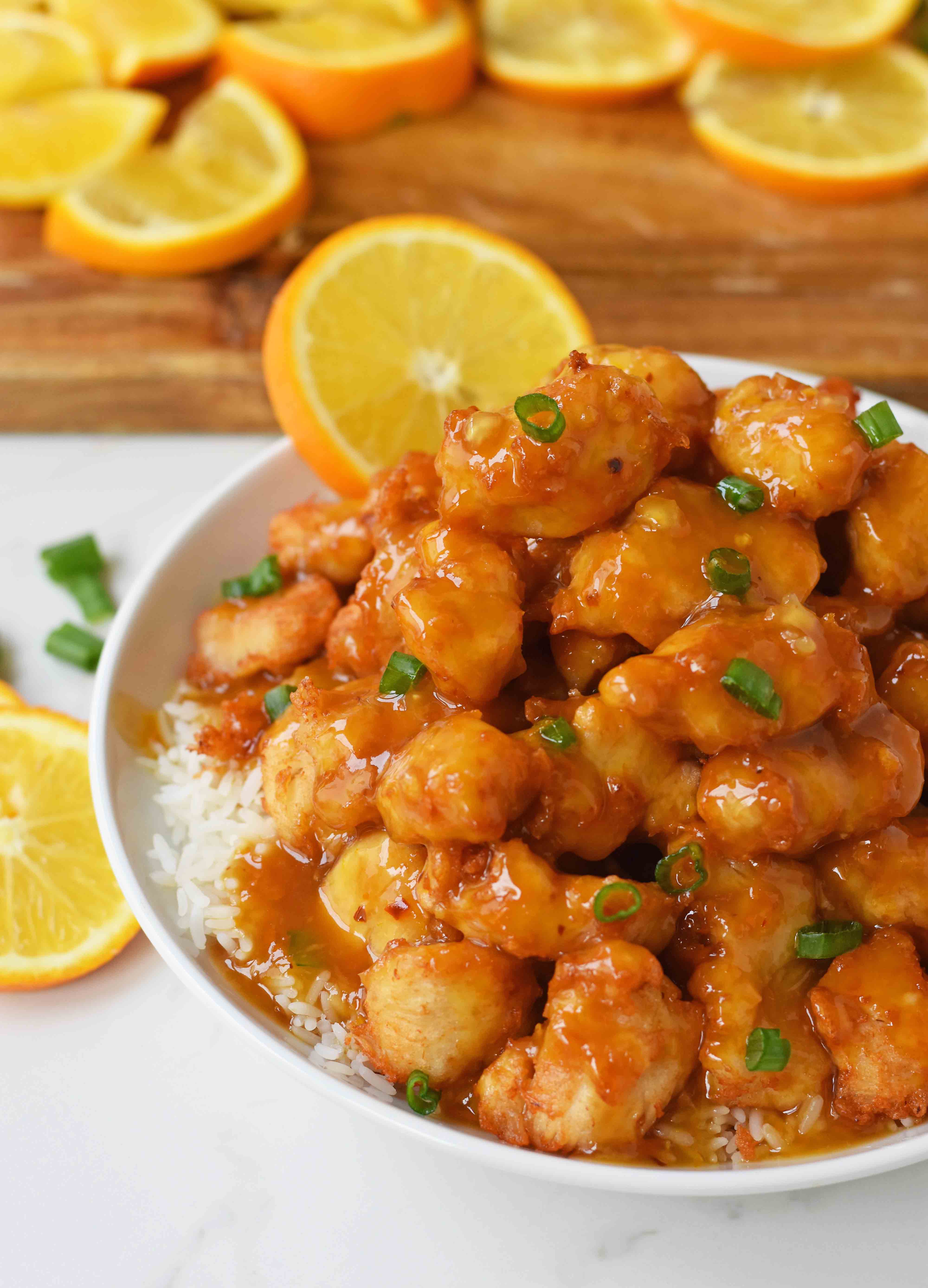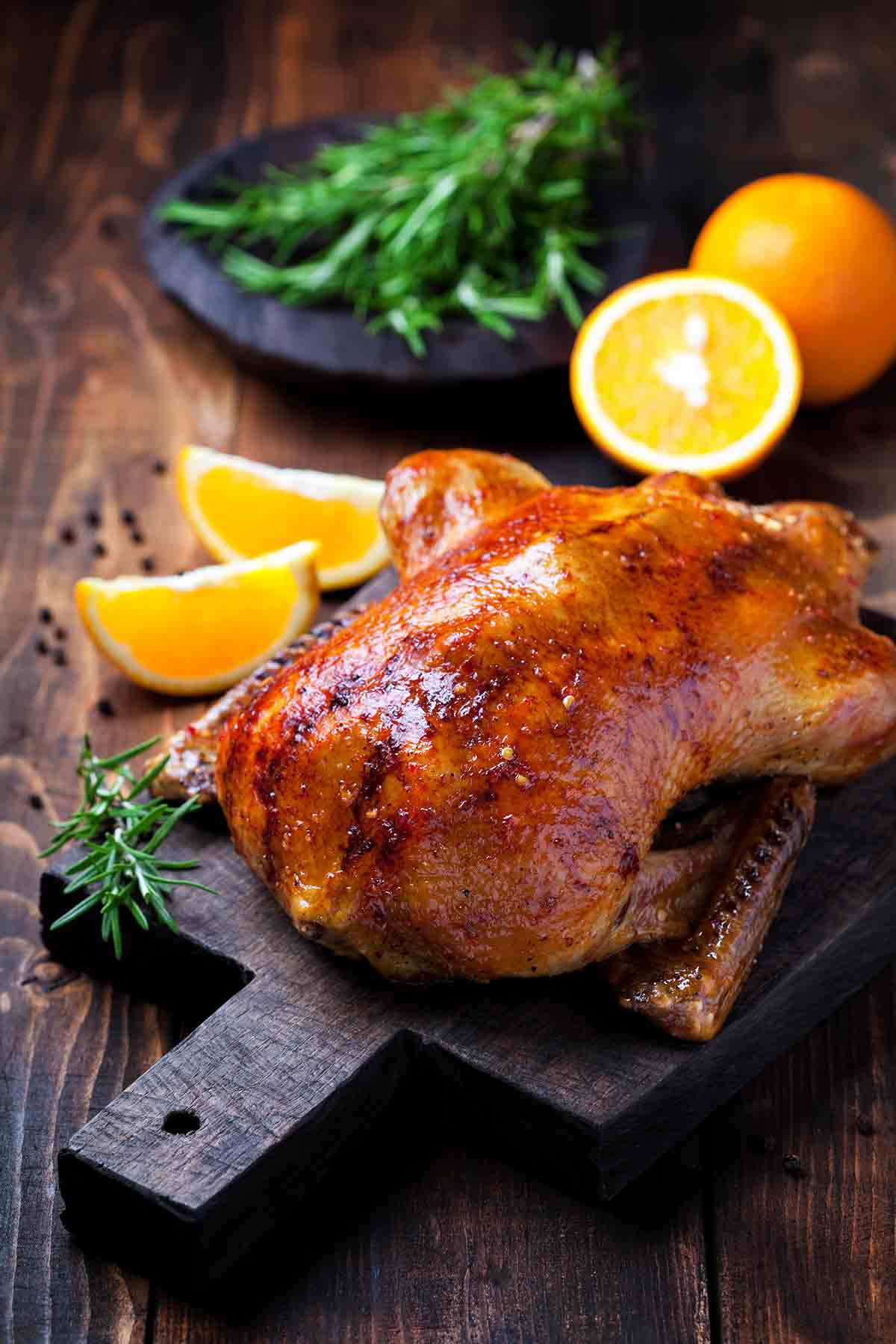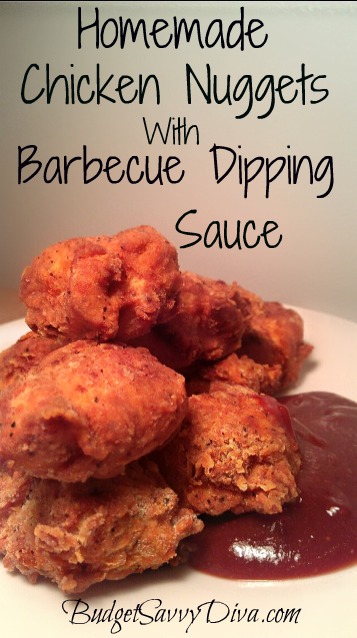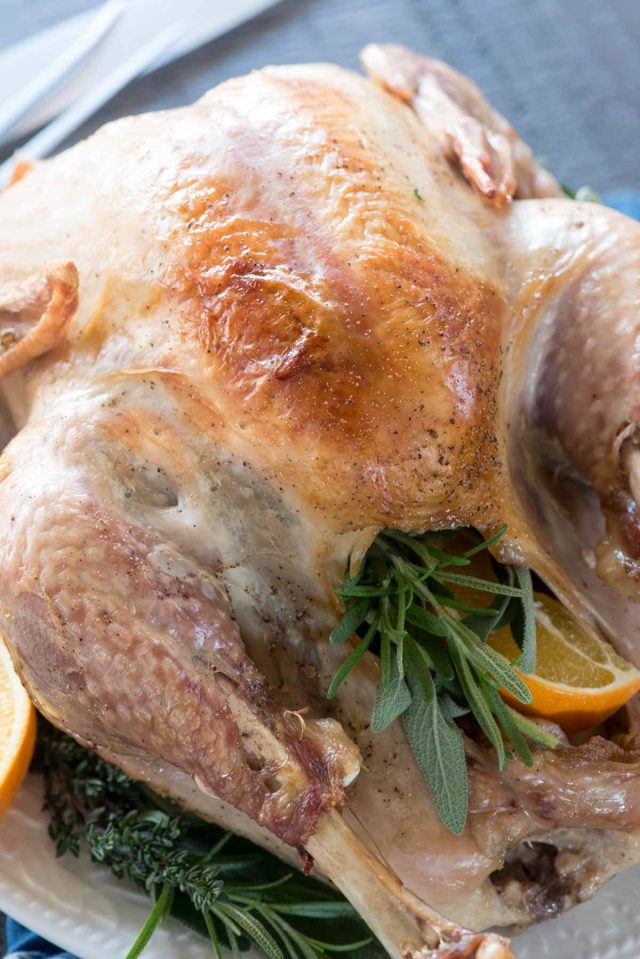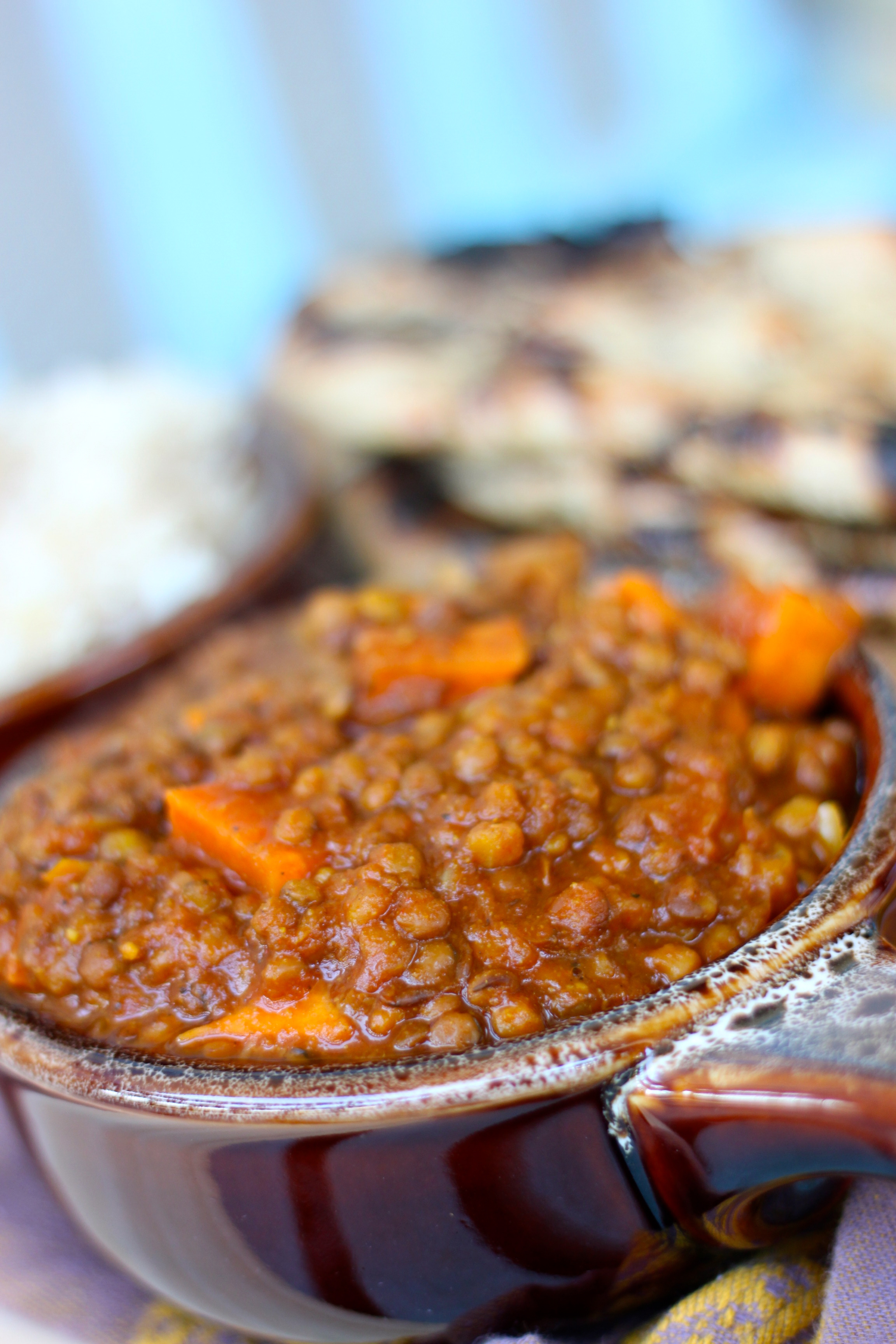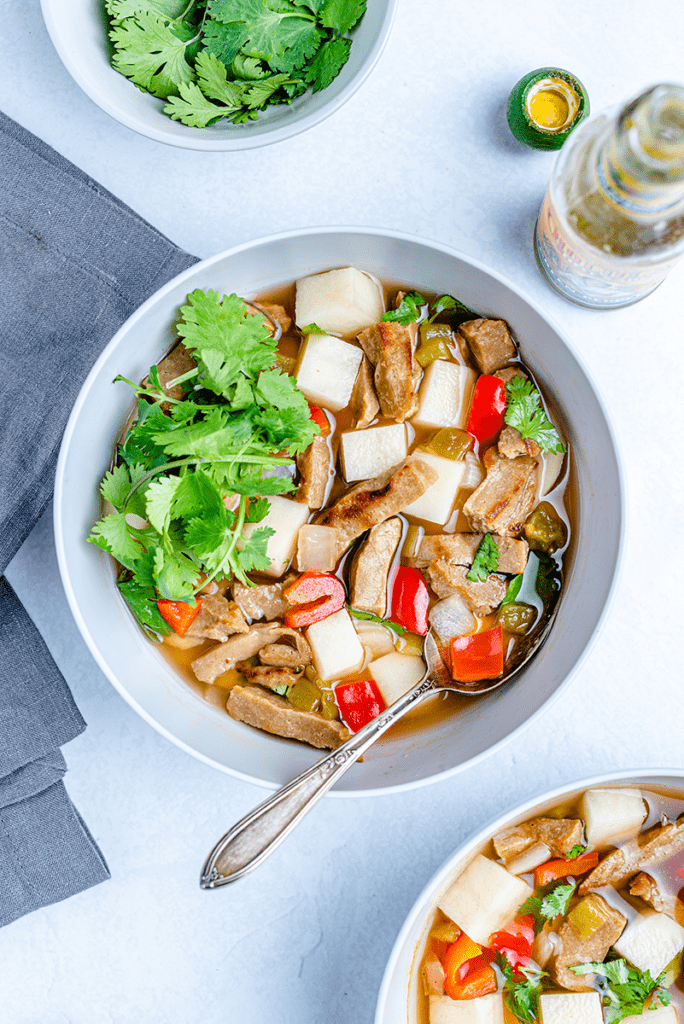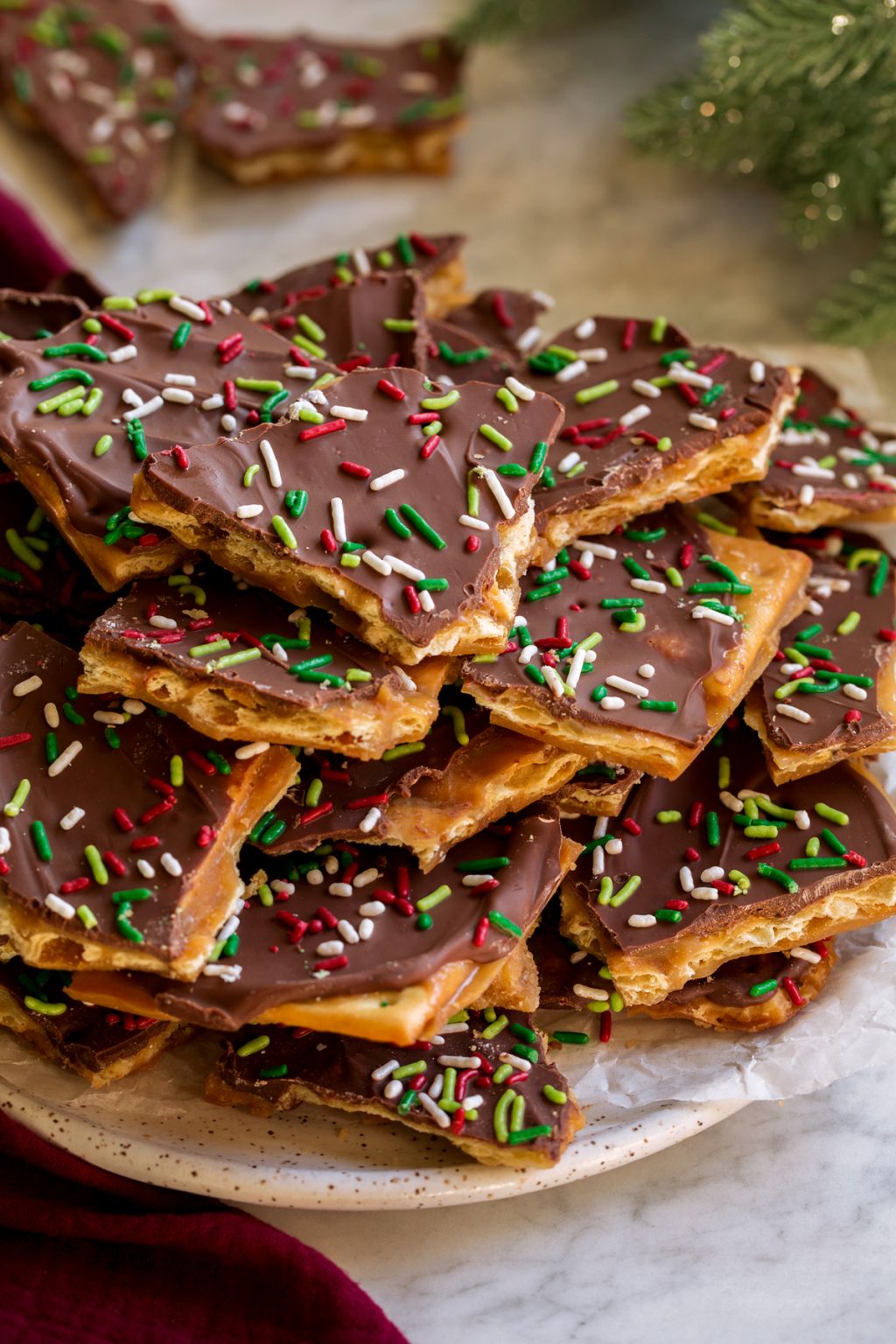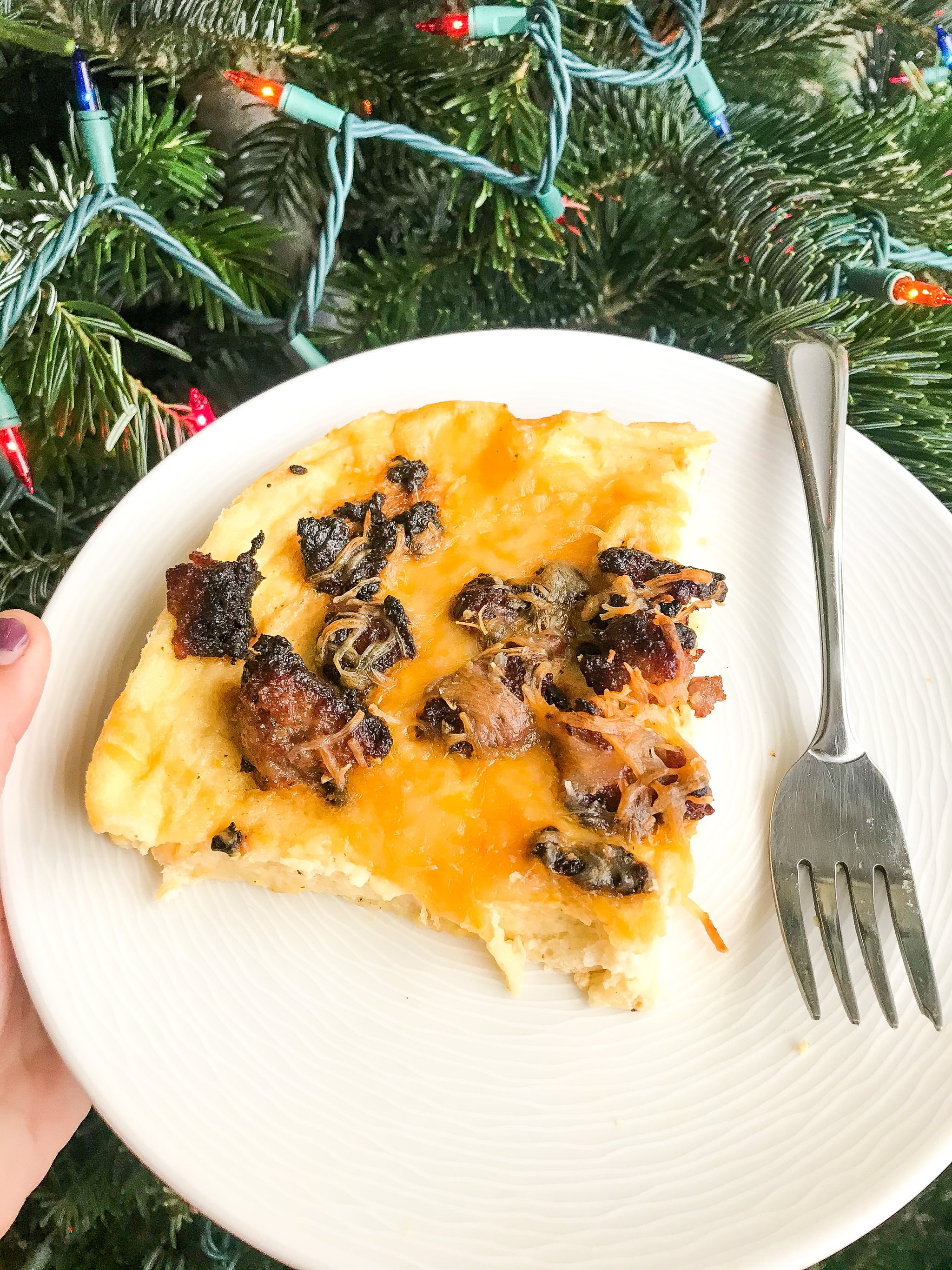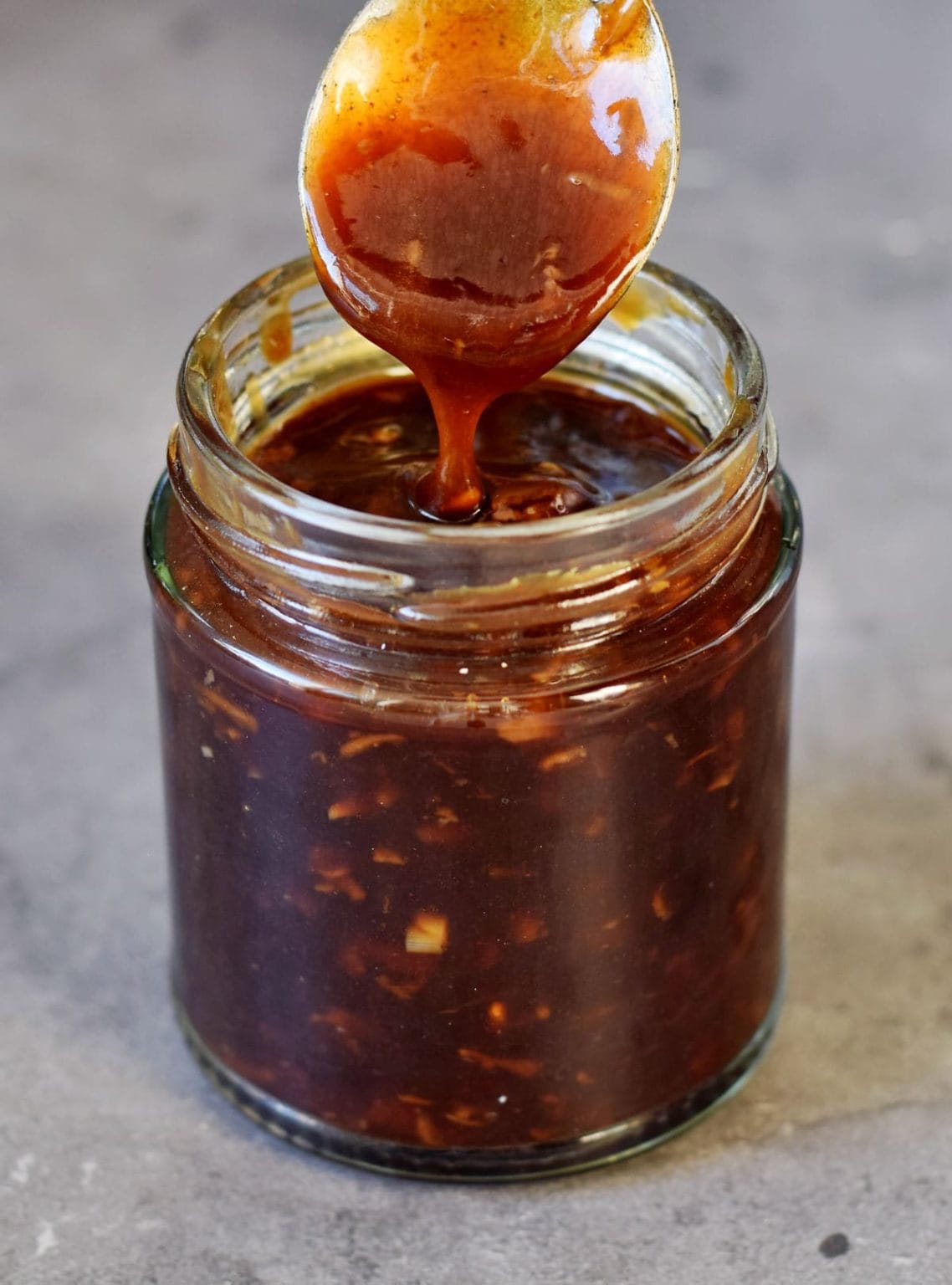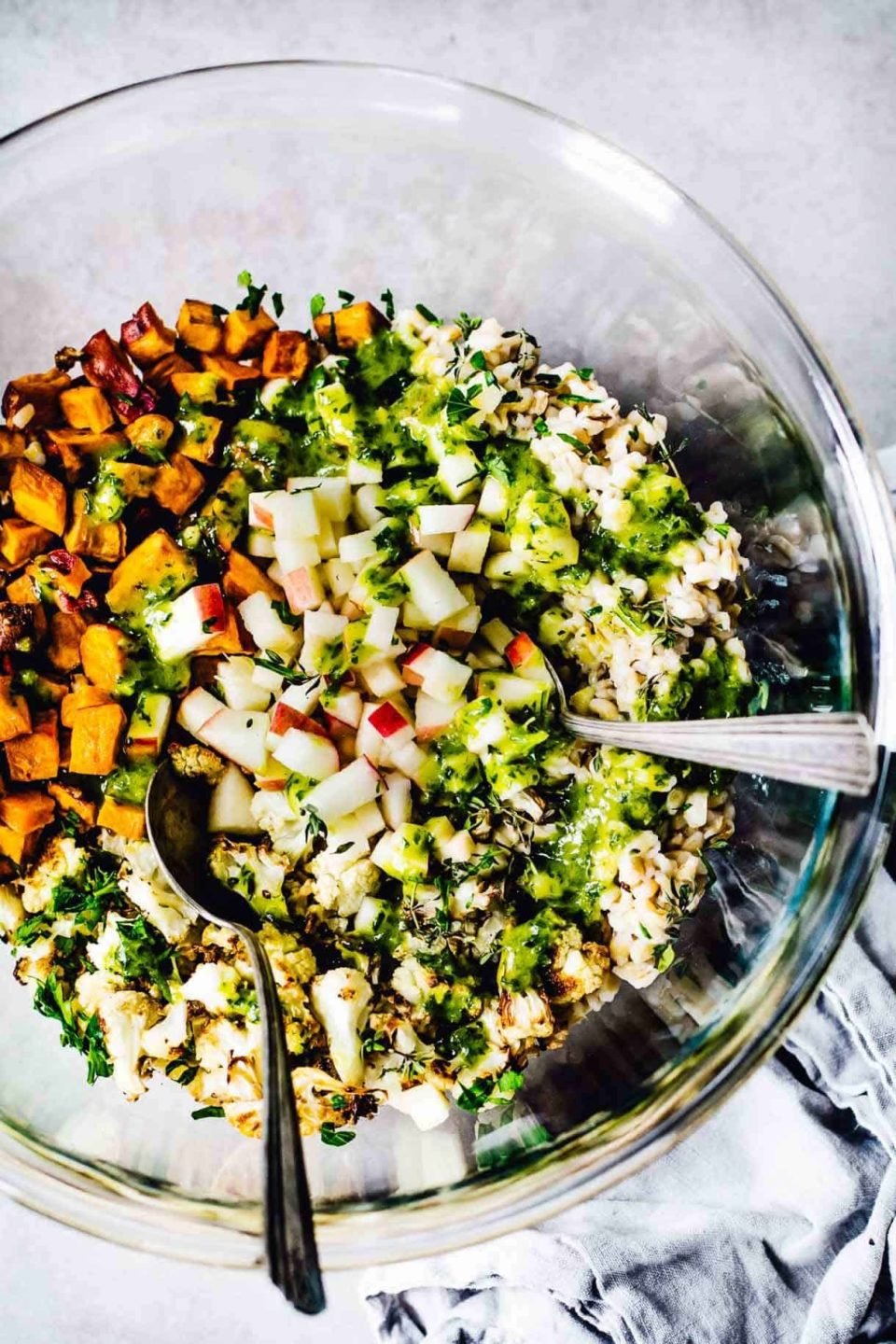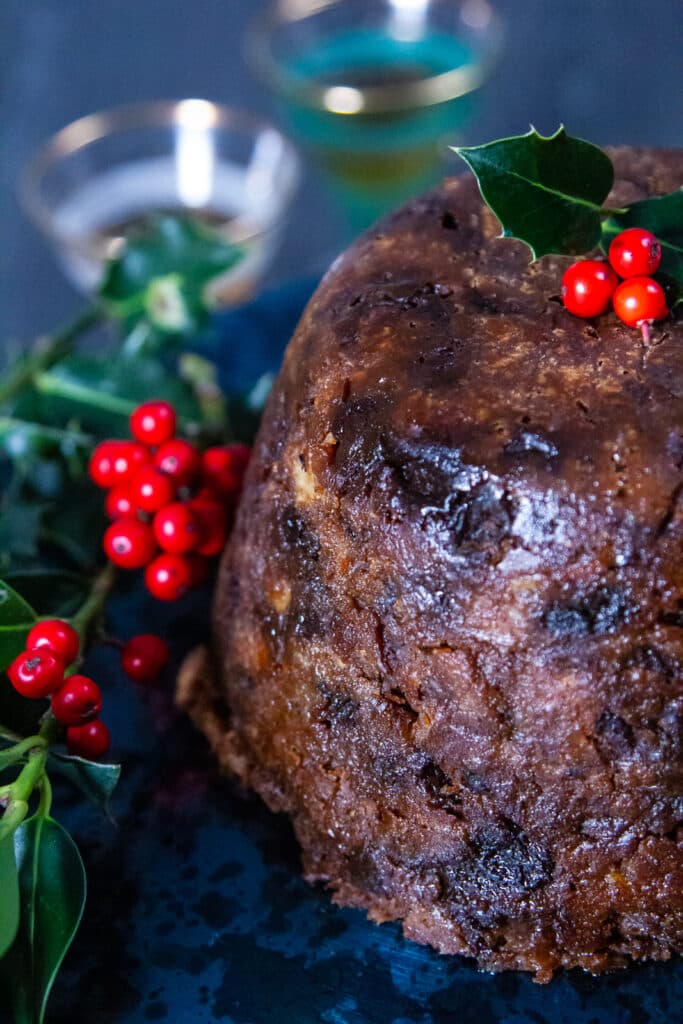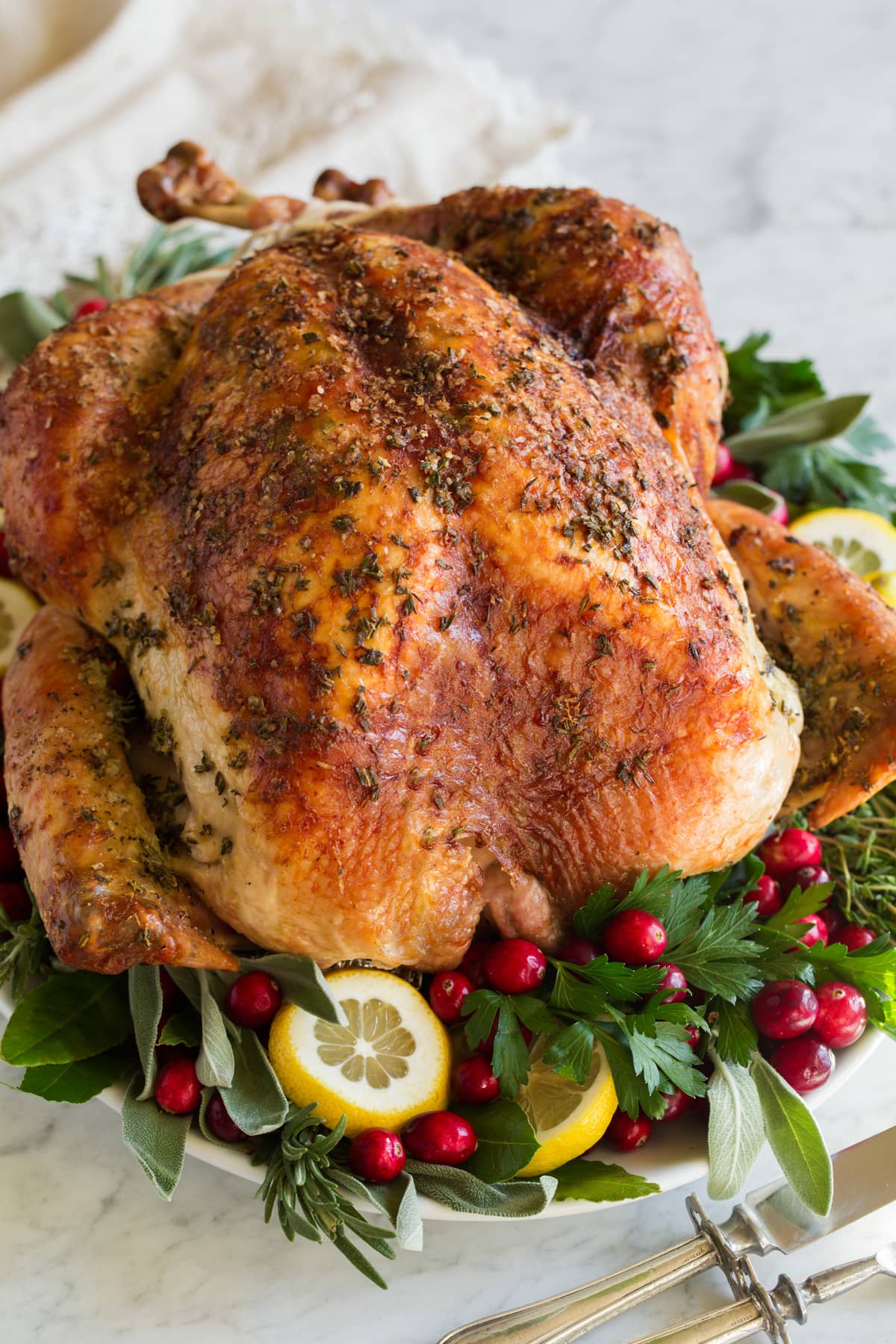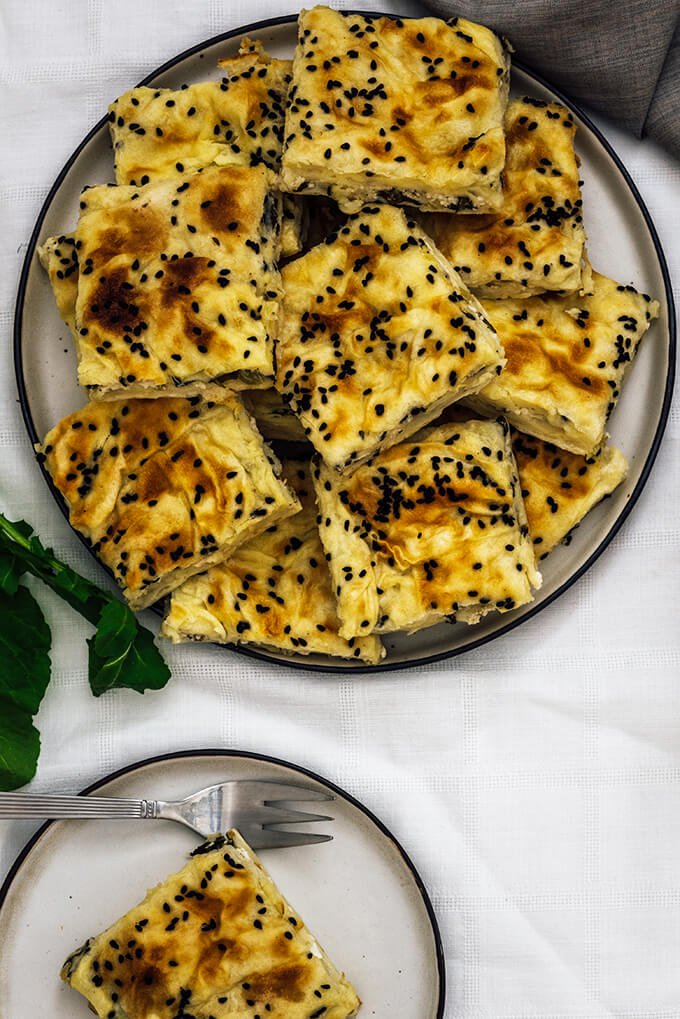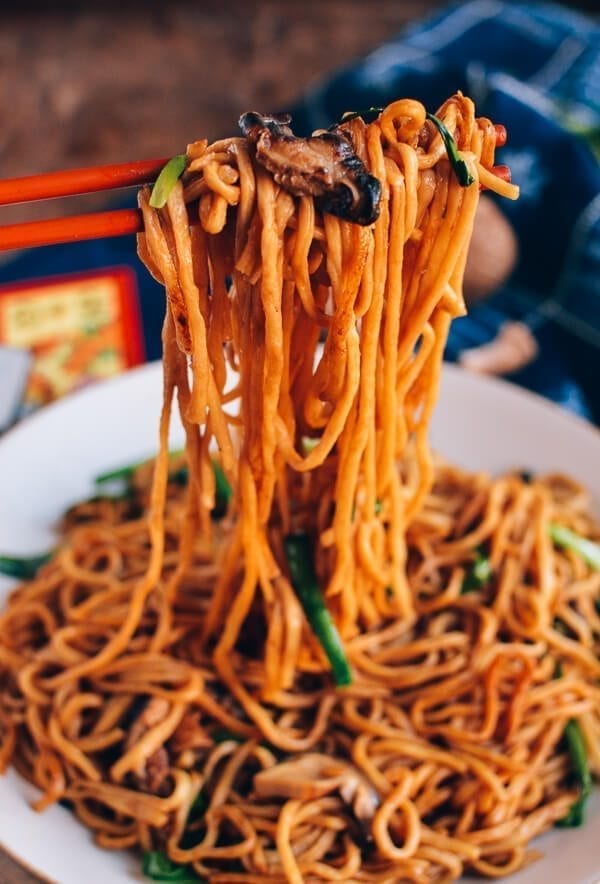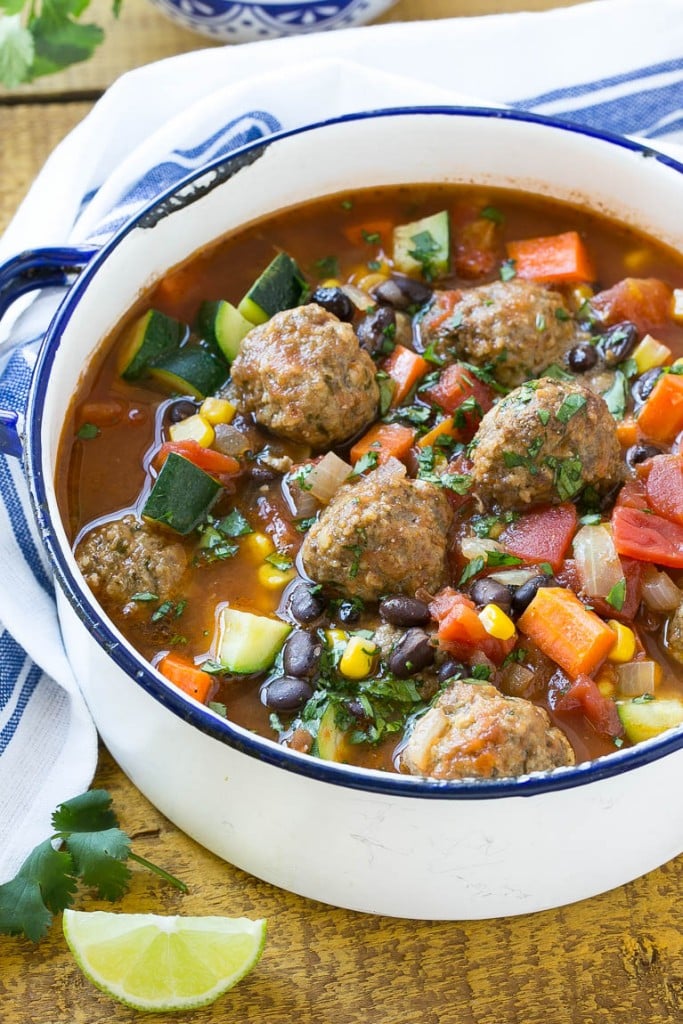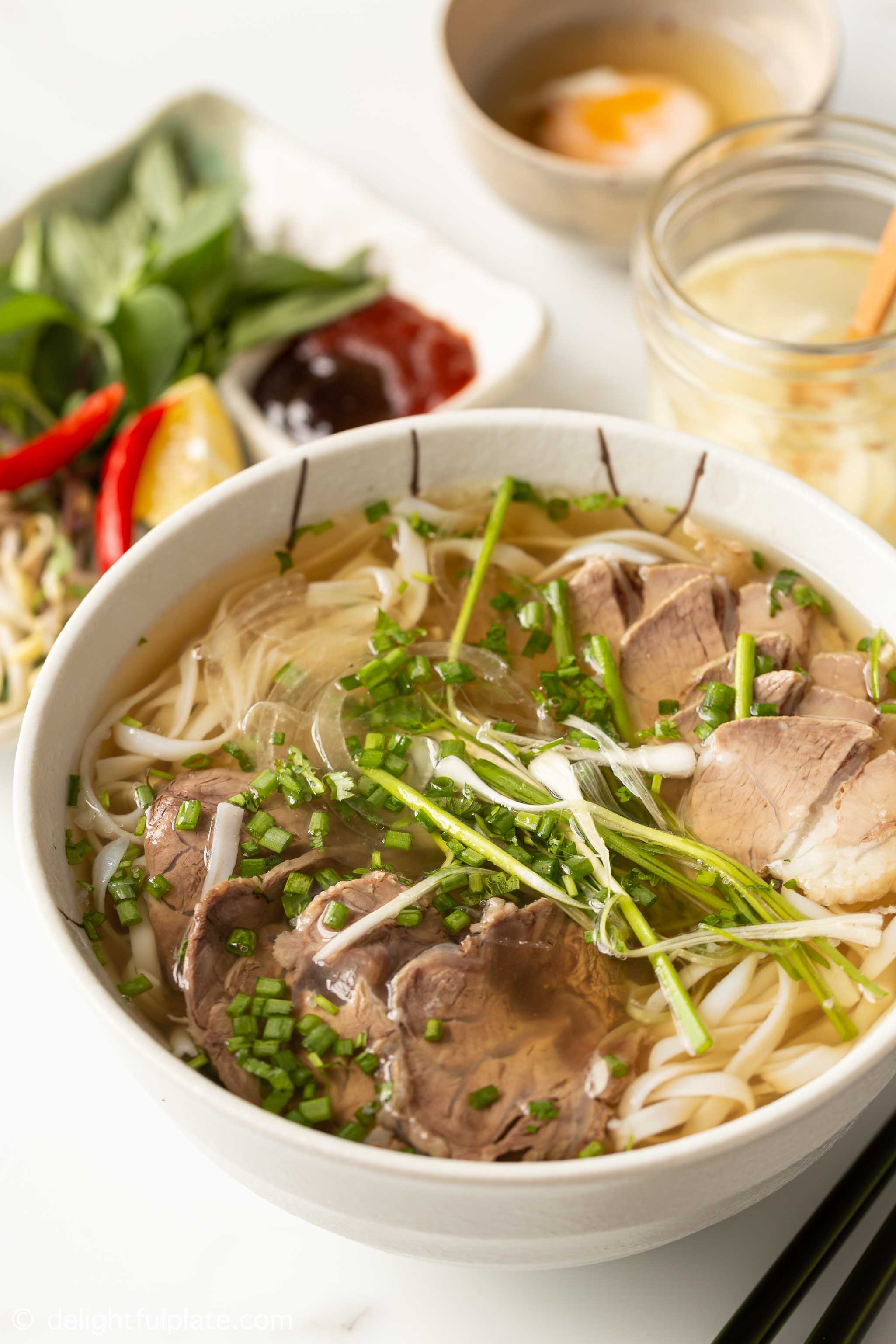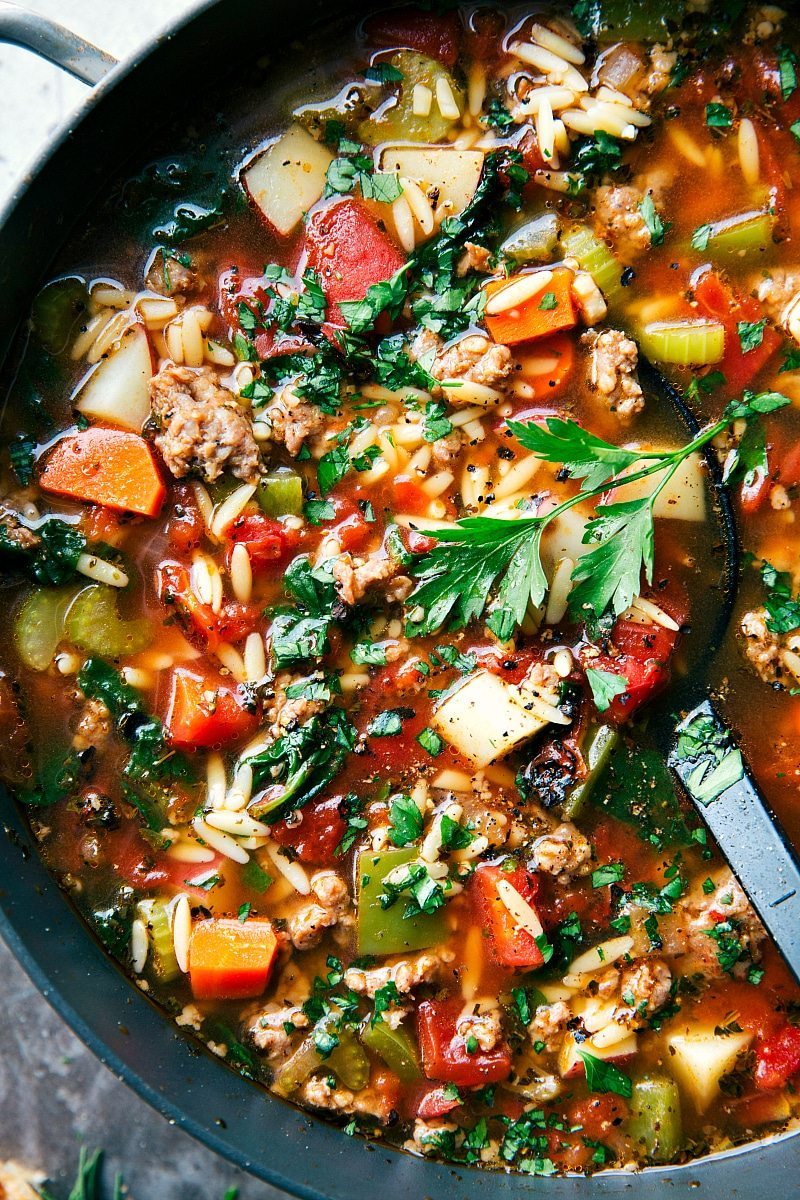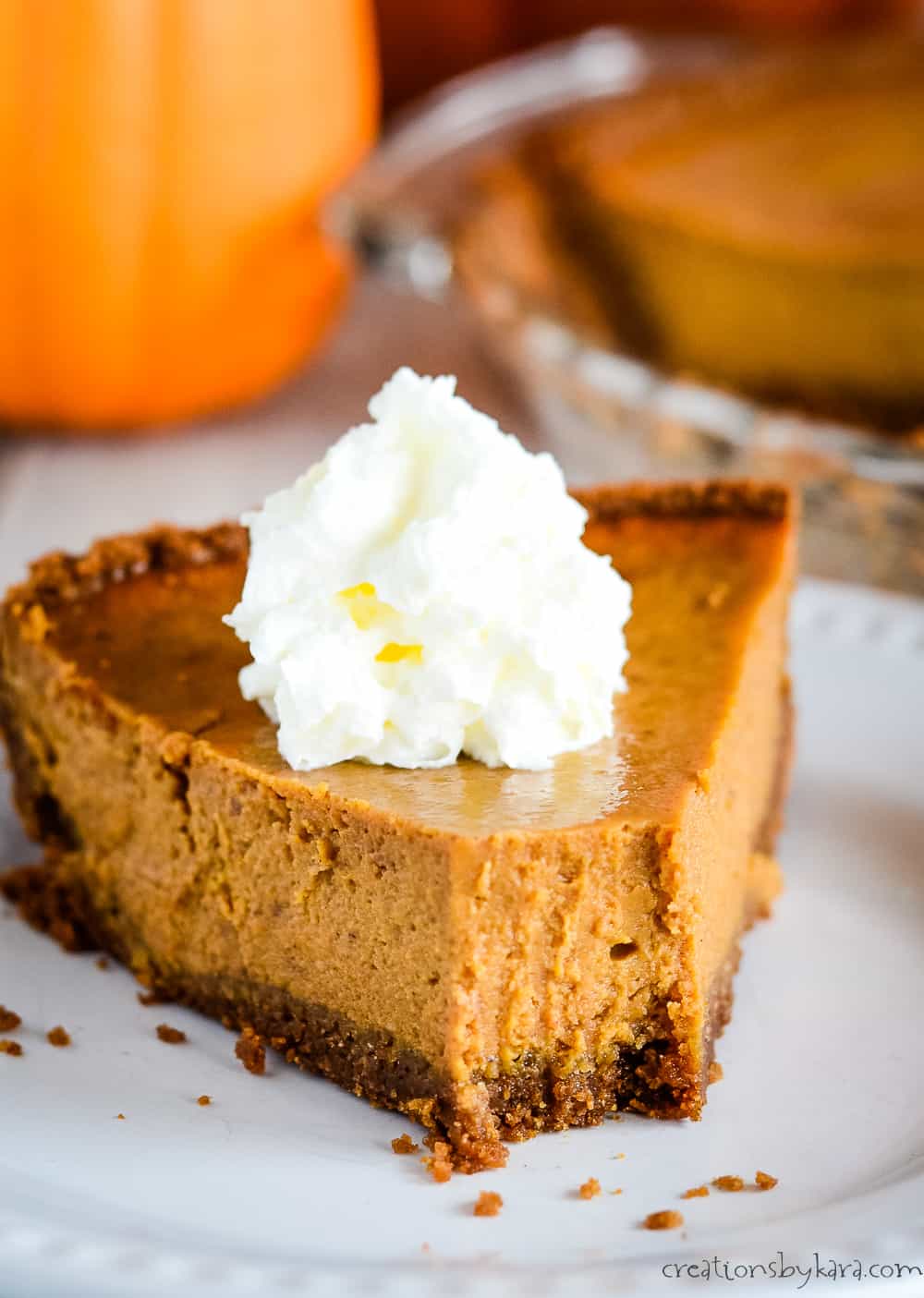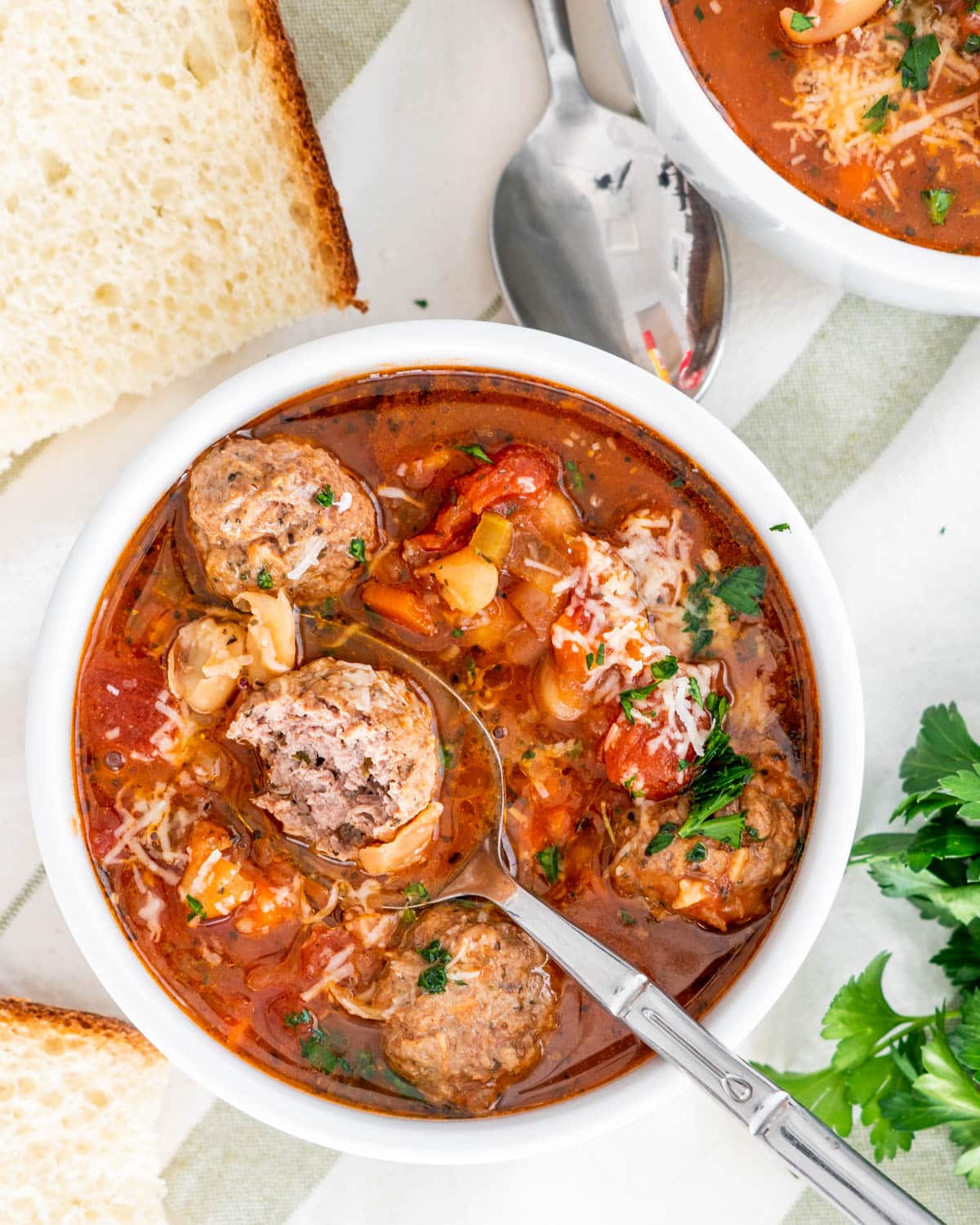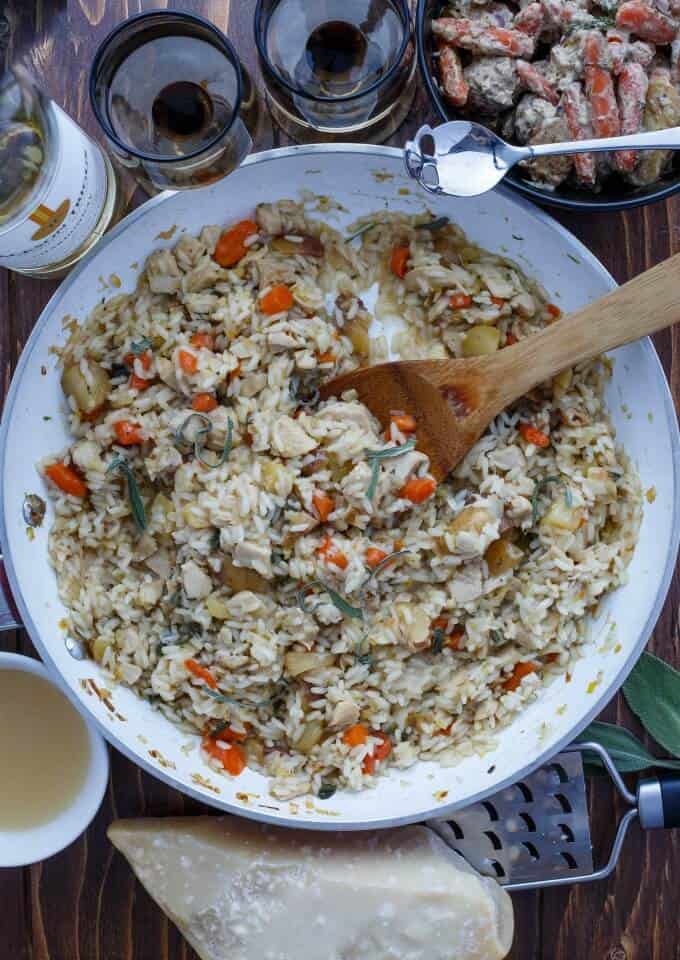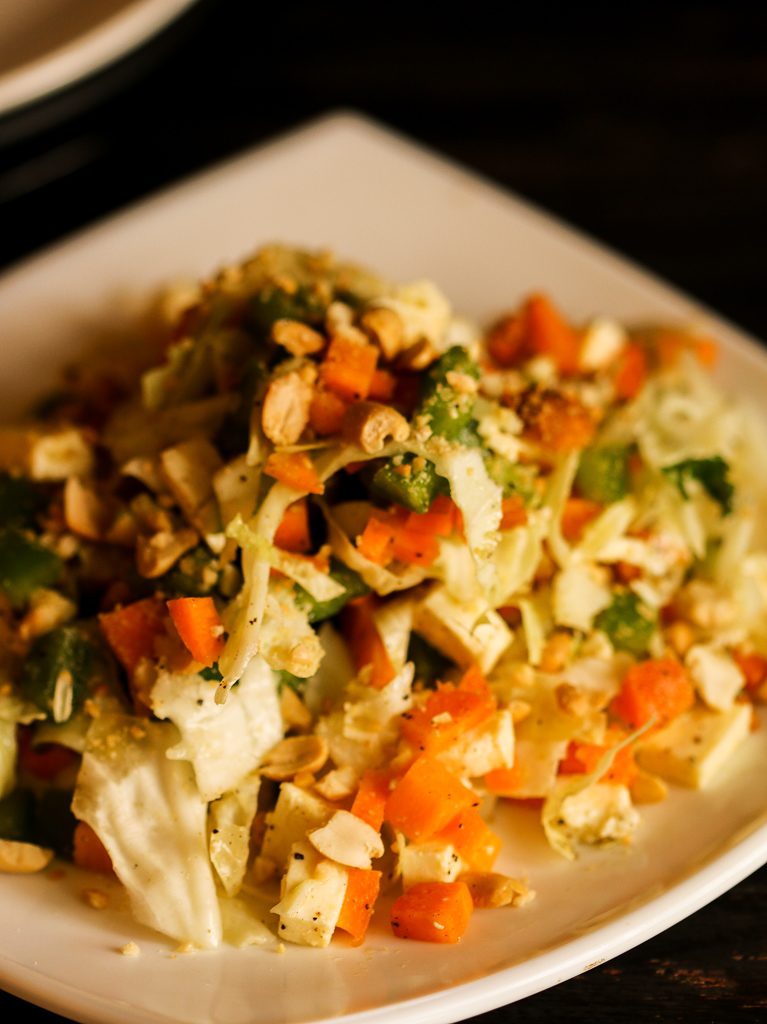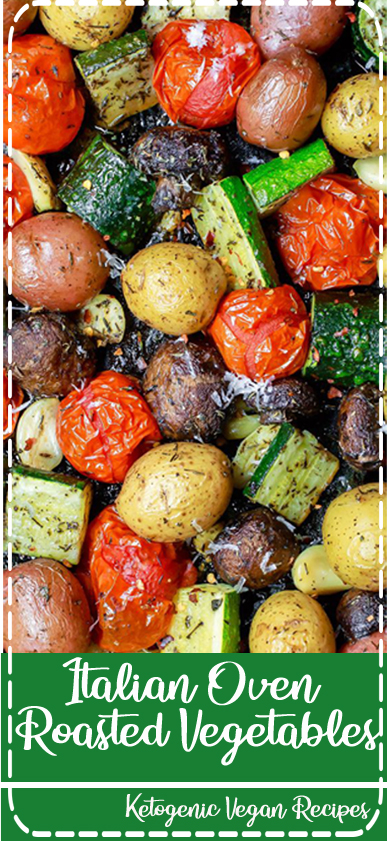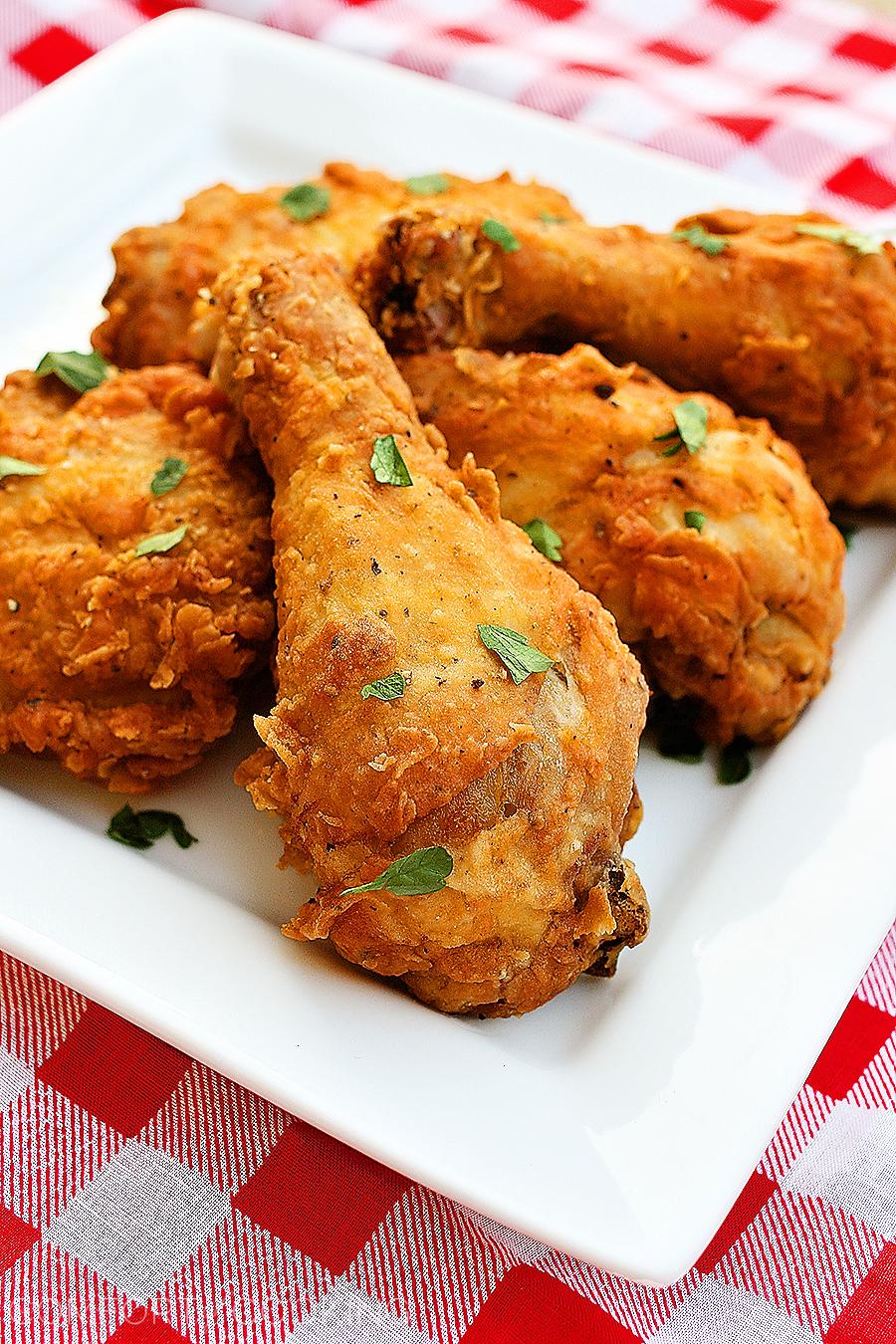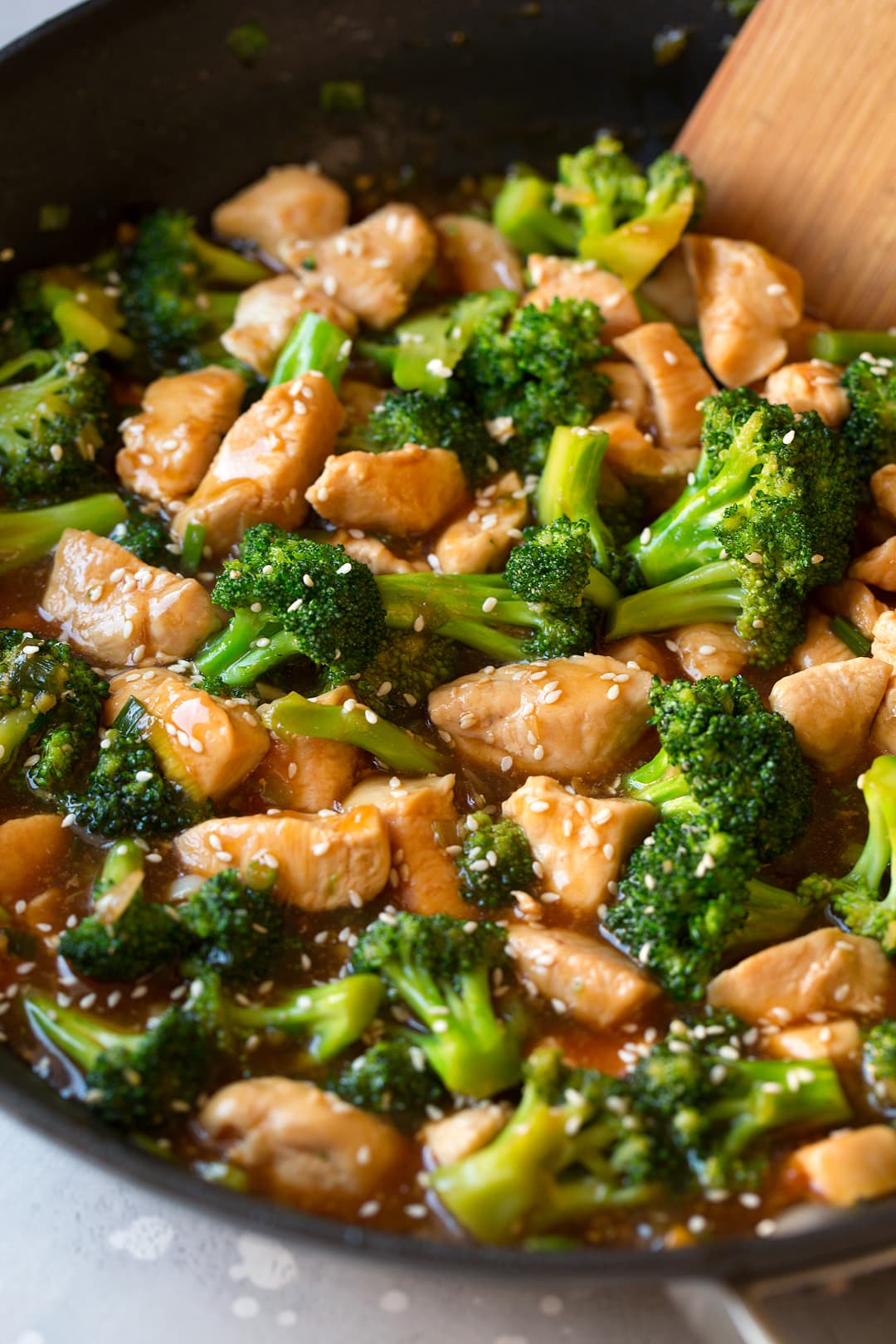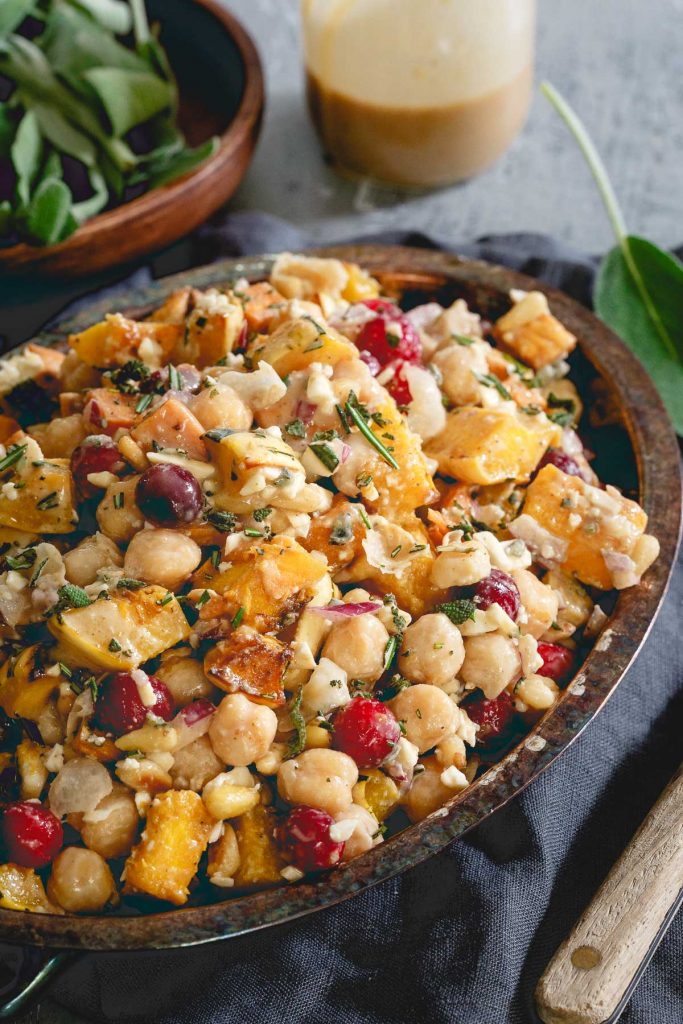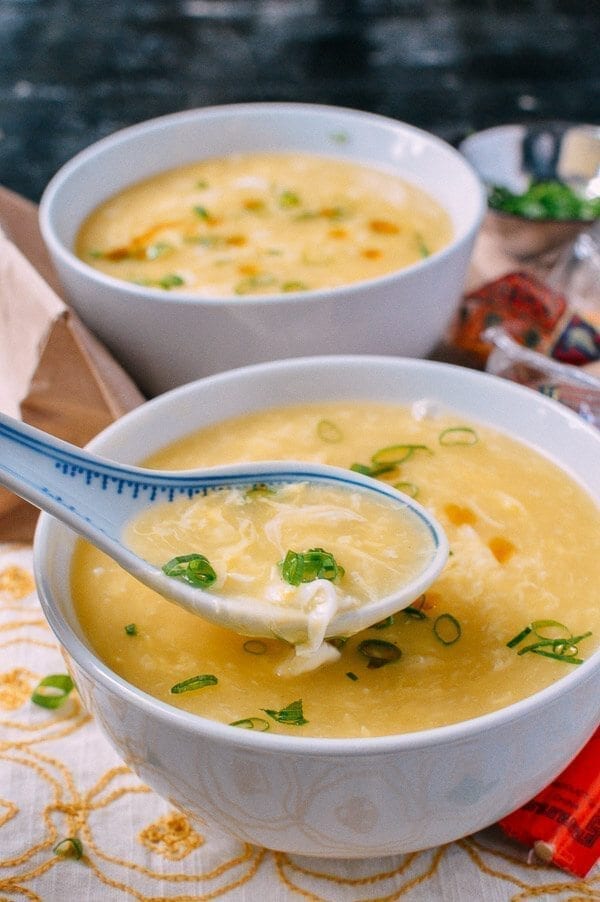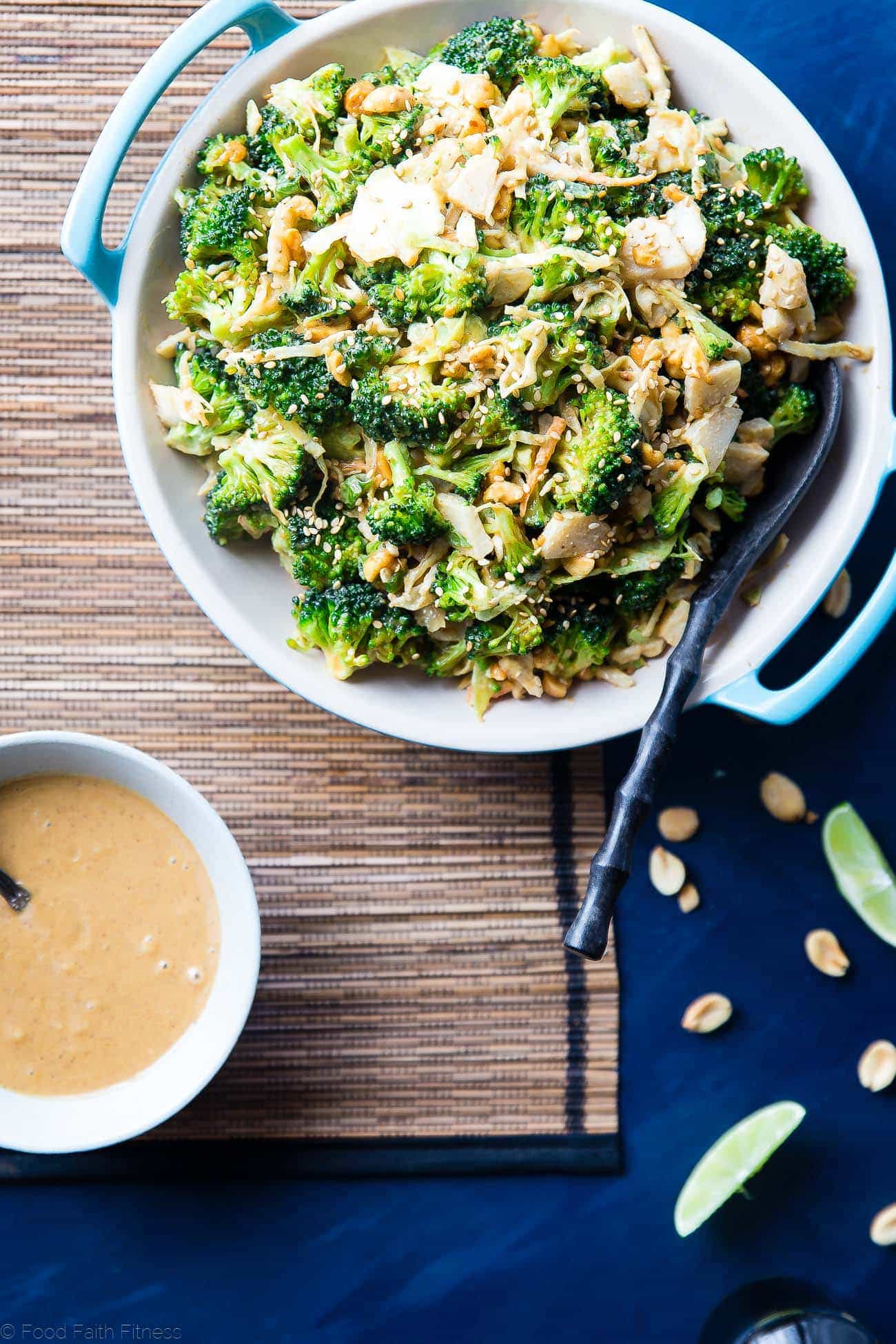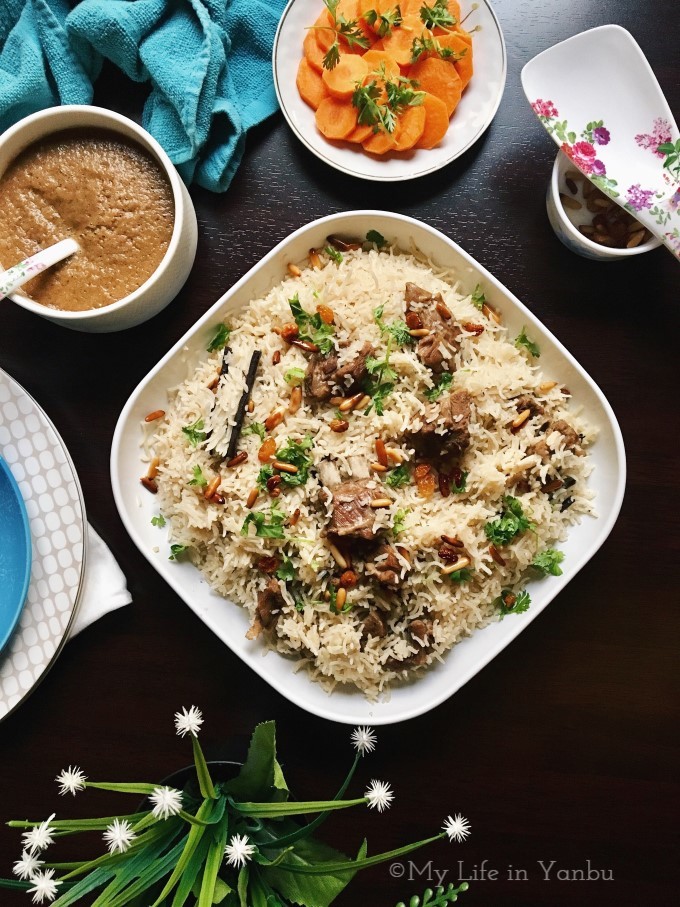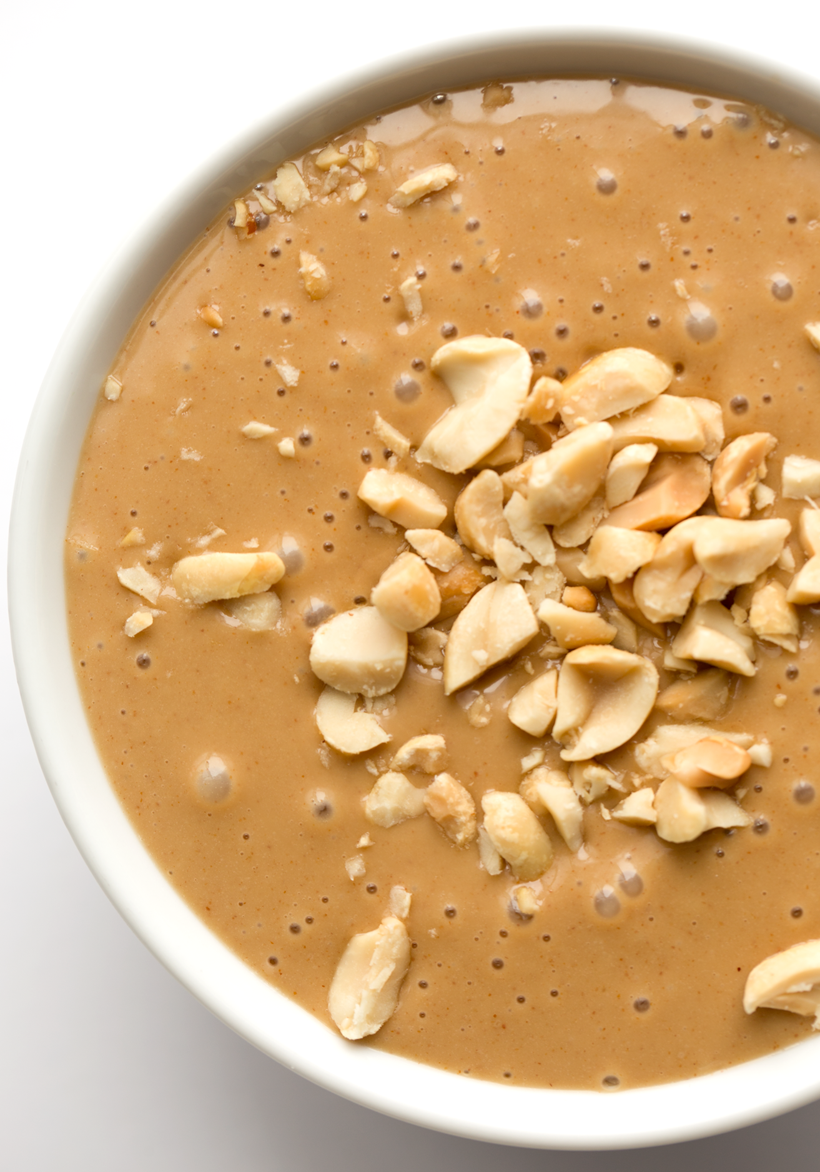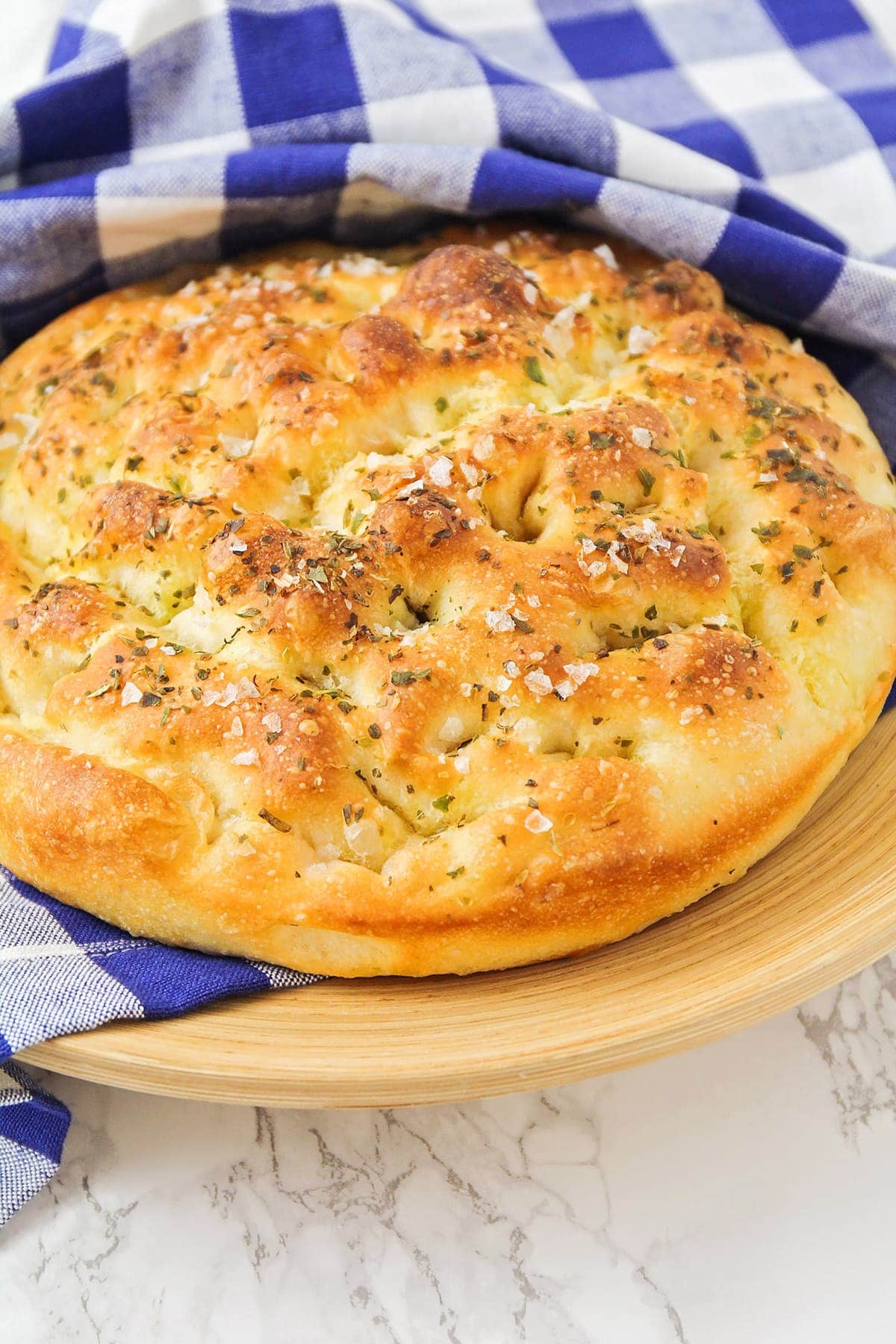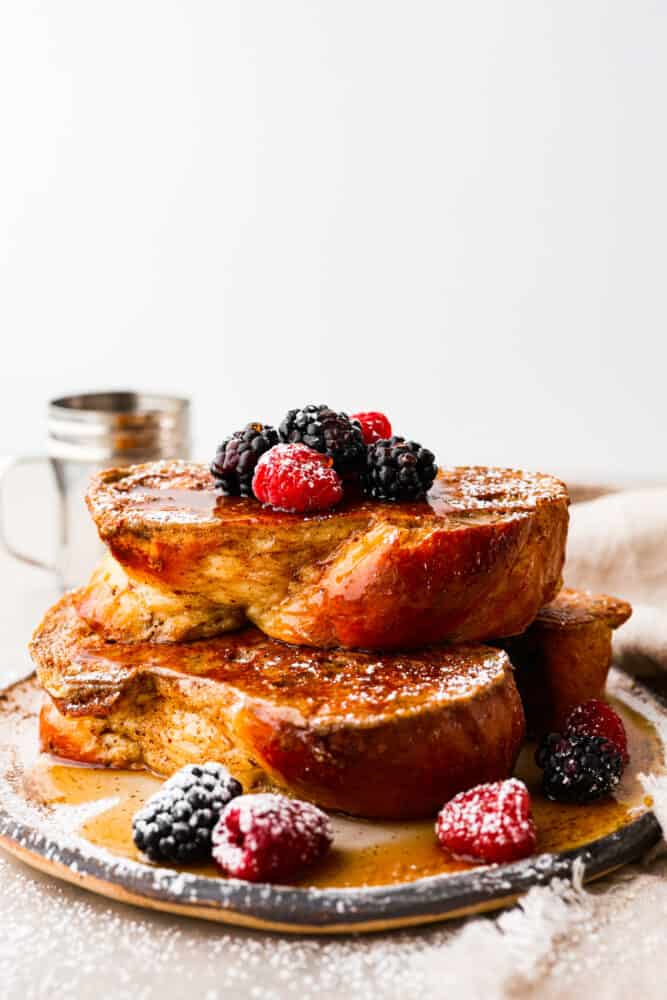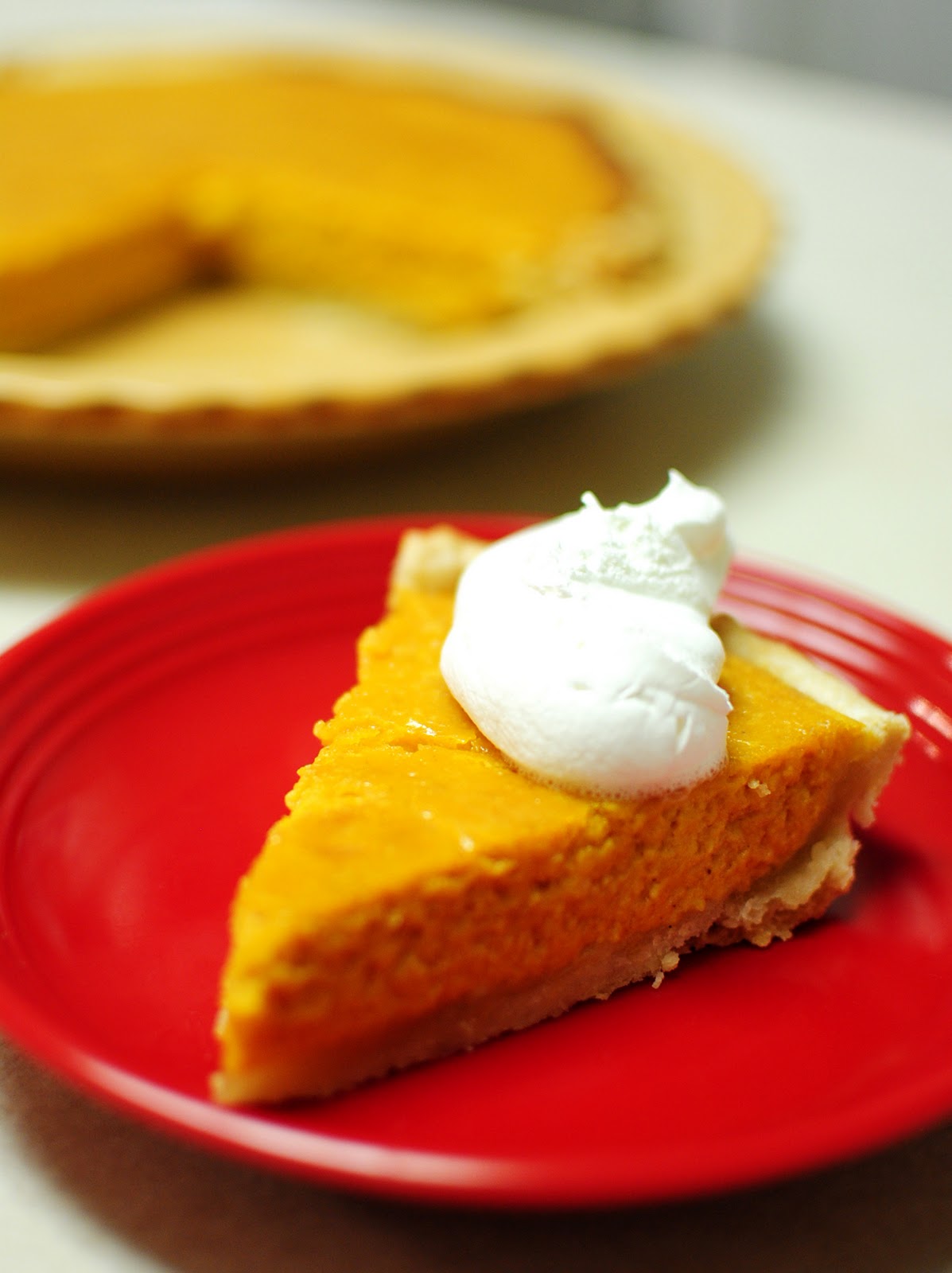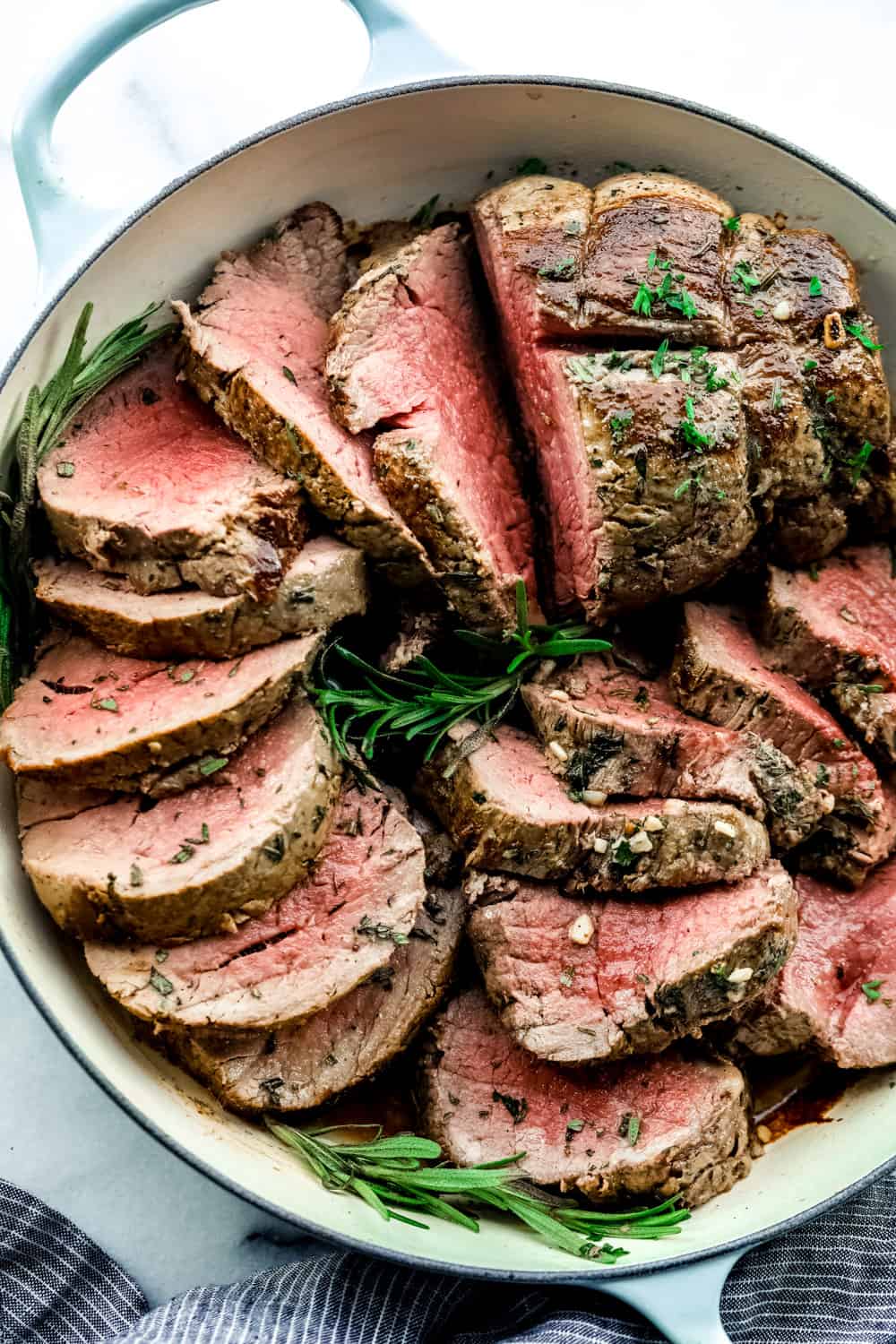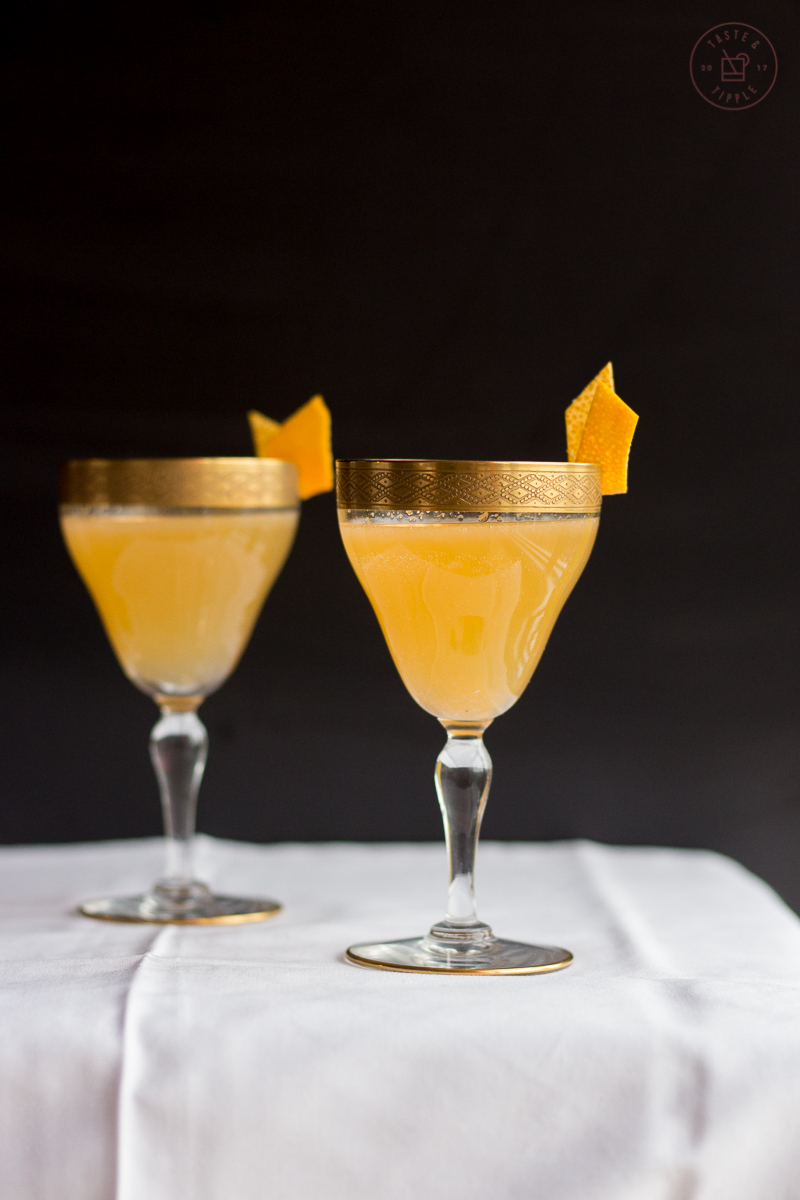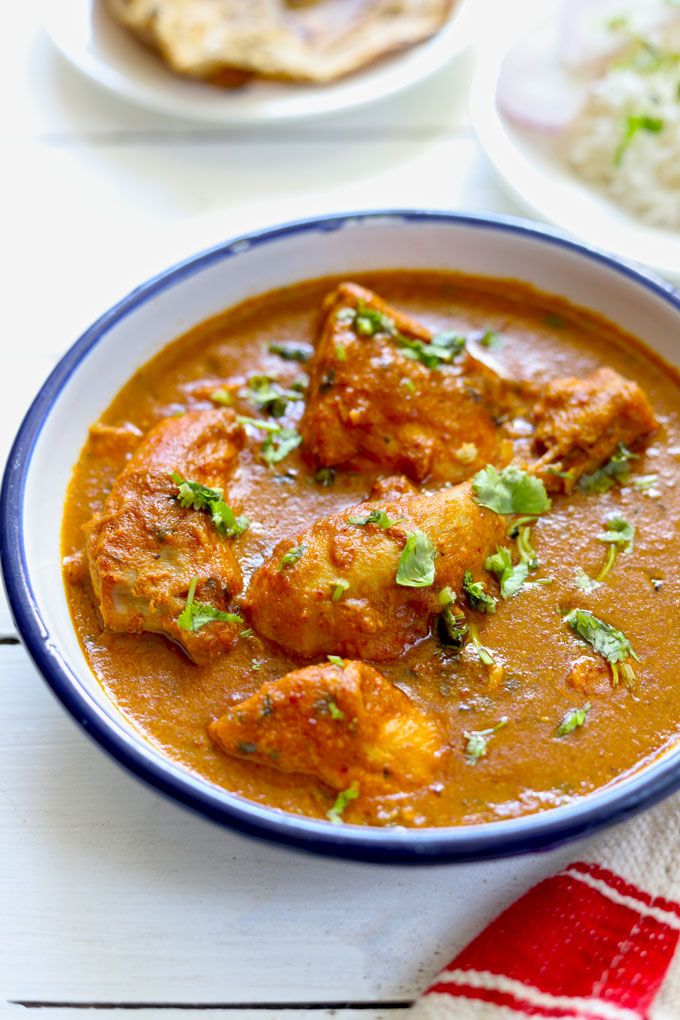Fried bannock, also known as Indian tacos, is a traditional dish that has been passed down for generations among Indigenous communities in North America. It is a simple and versatile recipe that can be made with basic ingredients and customized to suit personal preferences. In this article, we will explore the origins of fried bannock and share a delicious recipe to recreate this beloved dish in your own kitchen.
The History of Fried Bannock and Indian Tacos
Fried bannock has deep roots in Indigenous culture, dating back hundreds of years. It was originally created by First Nations, Métis, and Inuit peoples as a way to make use of the limited resources available in their environment. The dough was typically made with flour, water, and animal fat, and cooked over an open flame. It quickly became a staple food for Indigenous communities and was often served at gatherings and celebrations.
The Evolution of Fried Bannock into Indian Tacos
As time went on, fried bannock evolved into what is now known as Indian tacos. The concept of using bannock as a base for other ingredients was introduced by Native American tribes in the United States. They would top the fried dough with various fillings such as ground beef, cheese, lettuce, and tomato, creating a hearty and satisfying meal. This new twist on an old favorite became popular among both Indigenous and non-Indigenous communities and is now a staple at powwows, festivals, and other cultural events.
A Modern Twist on a Classic Recipe
While the traditional recipe for fried bannock remains popular, many have put their own spin on it, incorporating new ingredients and flavors. Some may add herbs and spices to the dough, while others may use alternative flours like cornmeal or whole wheat. Vegan and gluten-free options have also emerged to accommodate dietary restrictions. However, no matter how it is made, one thing remains constant - the delicious taste and cultural significance of this dish.
Bannock: A Symbol of Resilience and Connection
Fried bannock and Indian tacos may be simple dishes, but they hold a deep meaning for Indigenous communities. They represent survival, resourcefulness, and the importance of sharing food with others. In times of hardship, such as during the forced assimilation of Indigenous peoples, these dishes were a reminder of their traditions and heritage. Today, they continue to bring people together and foster a sense of community and connection.
Try This Fried Bannock Recipe for Yourself
Now that you know the history and significance of fried bannock and Indian tacos, it's time to try making them for yourself. Below is a simple and delicious recipe that you can customize to your liking. So gather your ingredients and get ready to enjoy this traditional dish with a modern twist.
Featured Keywords: fried bannock recipe, Indian tacos, Indigenous communities, traditional dish, simple and versatile recipe, basic ingredients, customize, origins, deep roots, First Nations, Métis, Inuit peoples, dough, flour, water, animal fat, staple food, gatherings, celebrations, evolution, Native American tribes, ground beef, cheese, lettuce, tomato, hearty, satisfying meal, cultural events, modern twist, alternative flours, herbs, spices, vegan, gluten-free, dietary restrictions, delicious taste, cultural significance, resilience, connection, forced assimilation, traditions, heritage, community, try, recipe, customize, ingredients, traditional dish, modern twist.
HTML Code:
<h2>The History of Fried Bannock and Indian Tacos</h2>
Fried bannock has deep roots in Indigenous culture, dating back hundreds of years. It was originally created by First Nations, Métis, and Inuit peoples as a way to make use of the limited resources available in their environment. The dough was typically made with flour, water, and animal fat, and cooked over an open flame. It quickly became a staple food for Indigenous communities and was often served at gatherings and celebrations.
<h3>The Evolution of Fried Bannock into Indian Tacos</h3>
As time went on, fried bannock evolved into what is now known as Indian tacos. The concept of using bannock as a base for other ingredients was introduced by Native American tribes in the United States. They would top the fried dough with various fillings such as ground beef, cheese, lettuce, and tomato, creating a hearty and satisfying meal. This new twist on an old favorite became popular among both Indigenous and non-Indigenous communities and is now a staple at powwows, festivals, and other cultural events.
<h3>A Modern Twist on a Classic Recipe</h3>
While the traditional recipe for fried bannock remains popular, many have put their own spin on it, incorporating new ingredients and flavors. Some may add herbs and spices to the dough, while others may use alternative flours like cornmeal or whole wheat. Vegan and gluten-free options have also emerged to accommodate dietary restrictions. However, no matter how it is made, one thing remains constant - the delicious taste and cultural significance of this dish.
<h3>Bannock: A Symbol of Resilience and Connection</h3>
Fried bannock and Indian tacos may be simple dishes, but they hold a deep meaning for Indigenous communities. They represent survival, resourcefulness, and the importance of sharing food with others. In times of hardship, such as during the forced assimilation of Indigenous peoples, these dishes were a reminder of their traditions and heritage. Today, they continue to bring people together and foster a sense of community and connection.
<h3>Try This Fried Bannock Recipe for Yourself</h3>
Now that you know the history and significance of fried bannock and Indian tacos, it's time to try making them for yourself. Below is a simple and delicious recipe that you can customize to your liking. So gather your ingredients and get ready to enjoy this traditional dish with a modern twist.
<strong>Featured Keywords:</strong> fried bannock recipe, Indian tacos, Indigenous communities, traditional dish, simple and versatile recipe, basic ingredients, customize, origins, deep roots, First Nations, Métis, Inuit peoples, dough, flour, water, animal fat, staple food, gatherings, celebrations, evolution, Native American tribes, ground beef, cheese, lettuce, tomato, hearty, satisfying meal, cultural events, modern twist, alternative flours, herbs, spices, vegan, gluten-free, dietary restrictions, delicious taste, cultural significance, resilience, connection, forced assimilation, traditions, heritage, community, try, recipe, customize, ingredients, traditional dish, modern twist.


